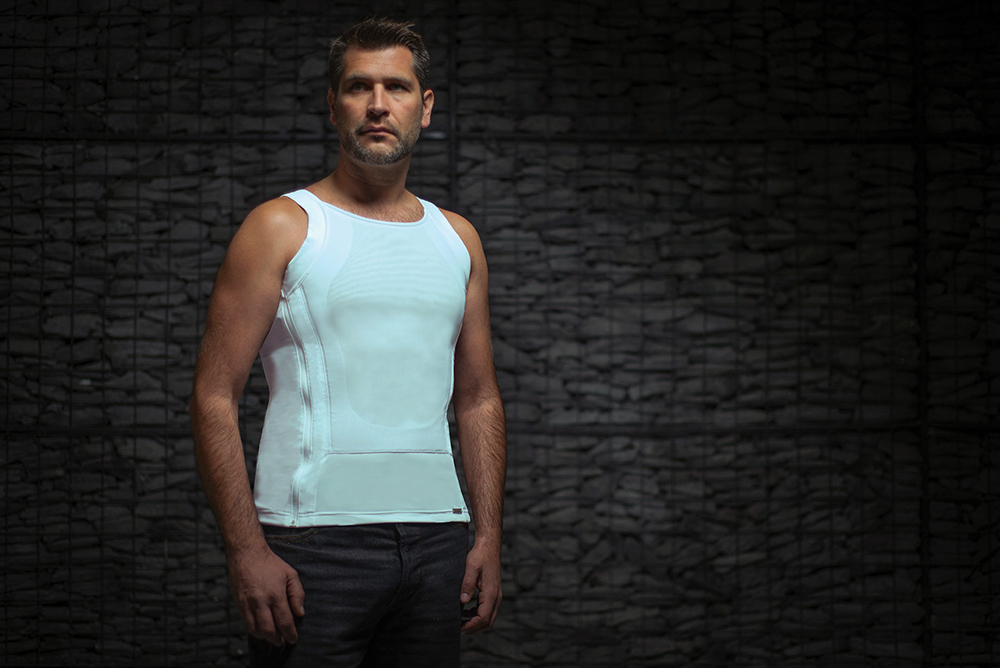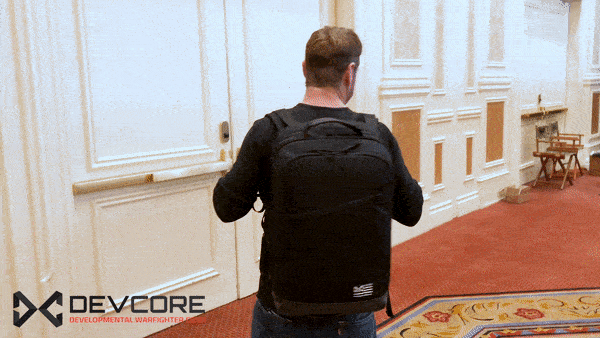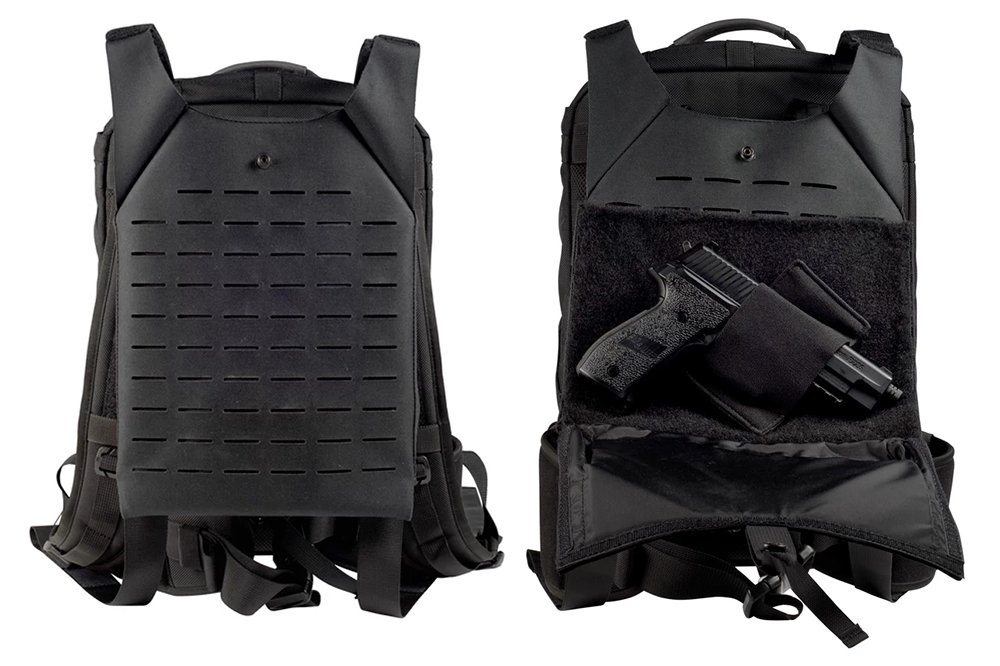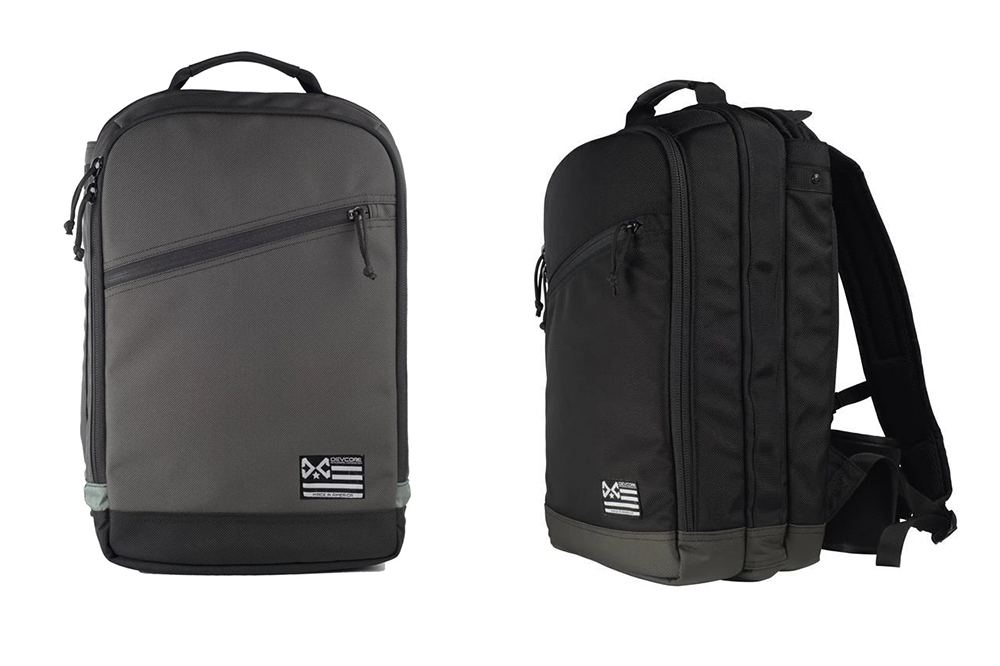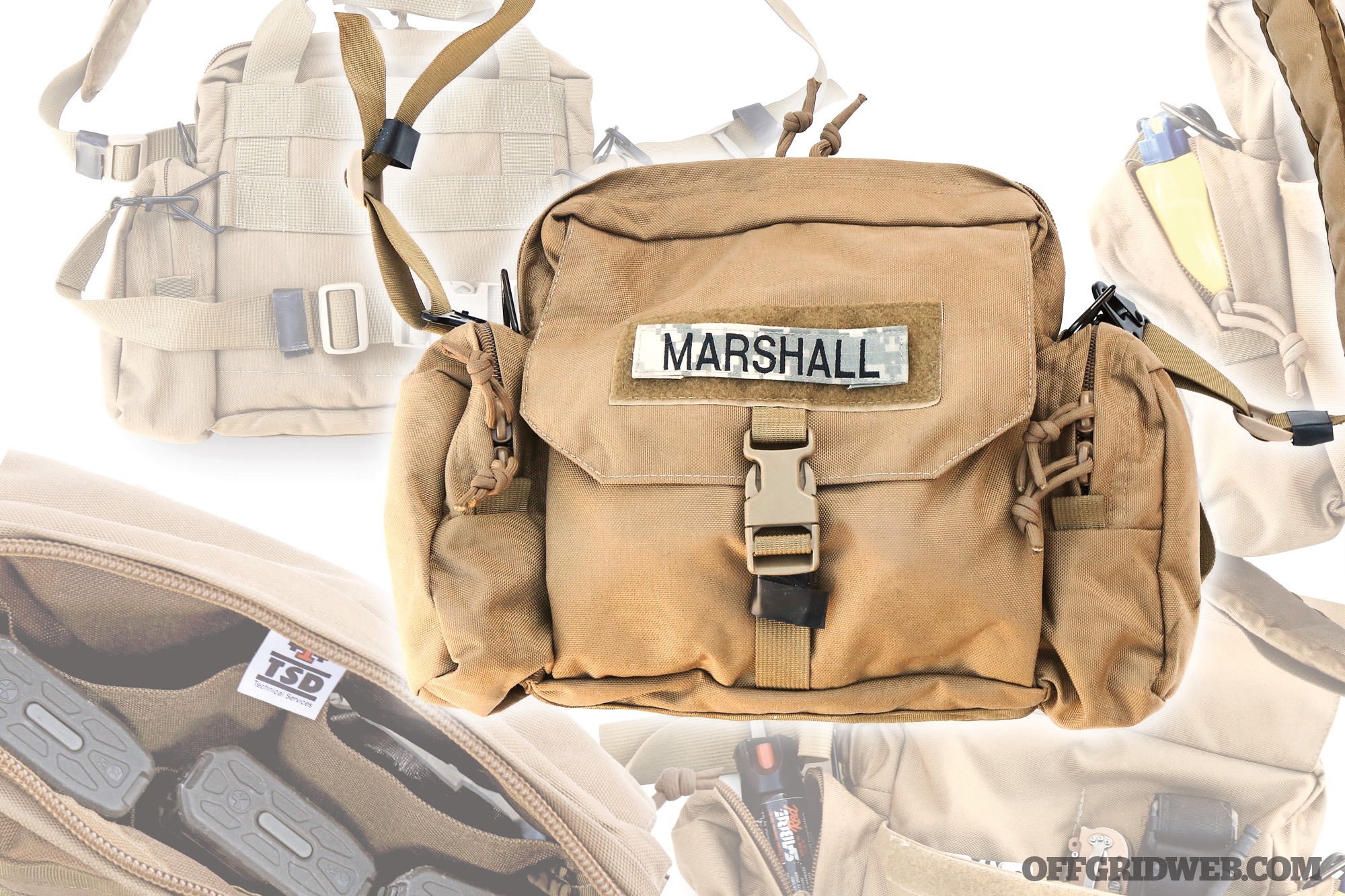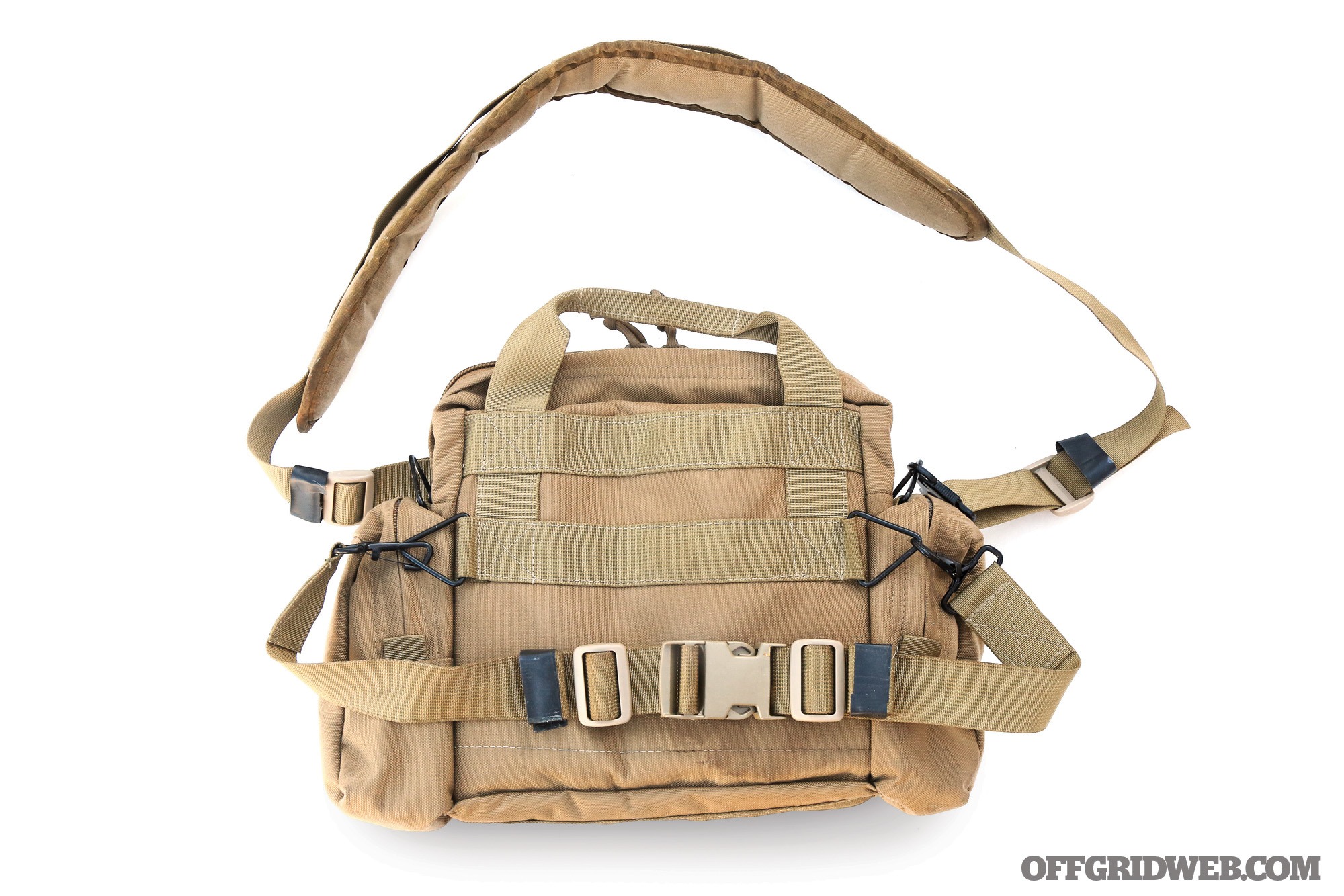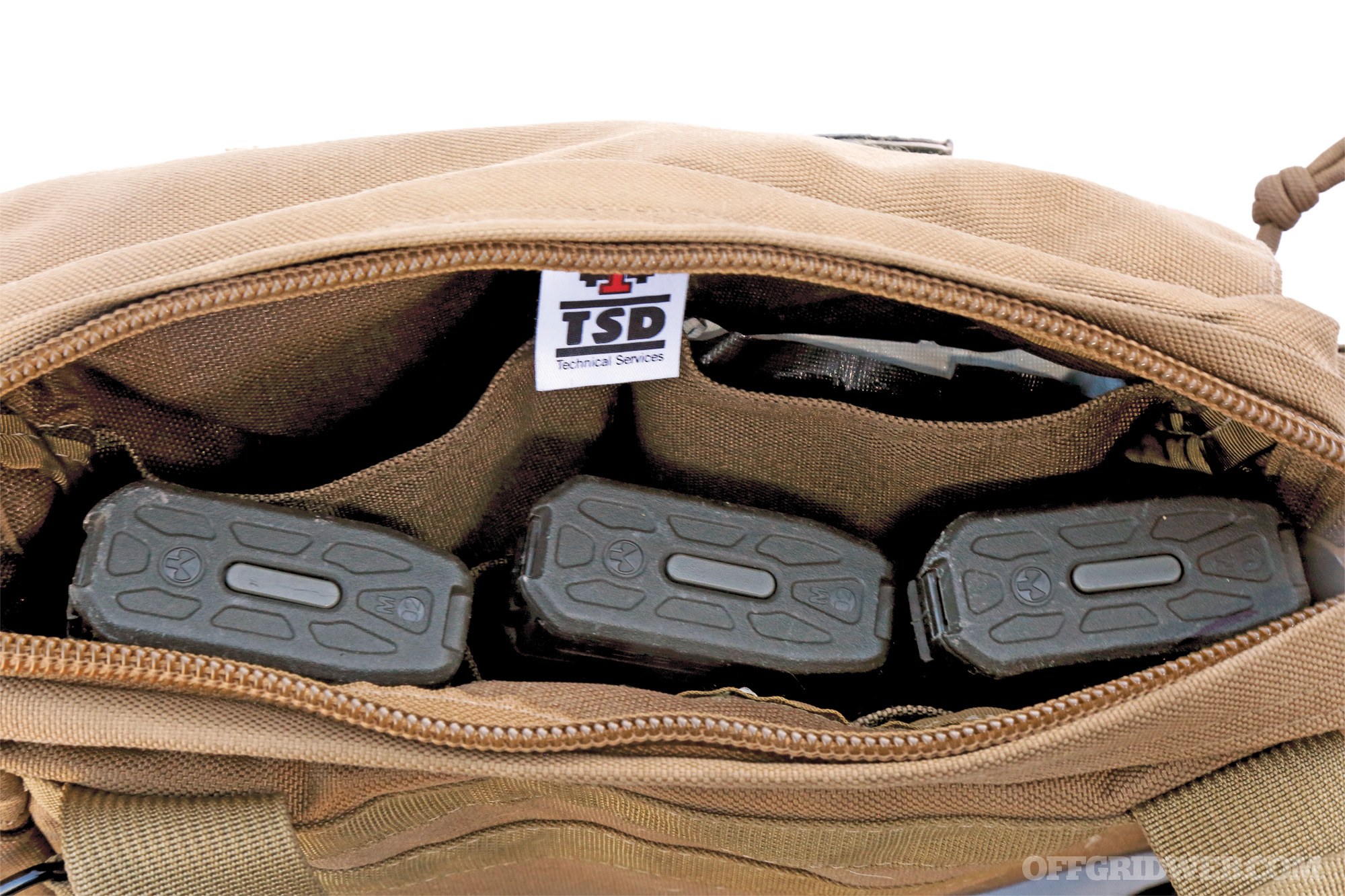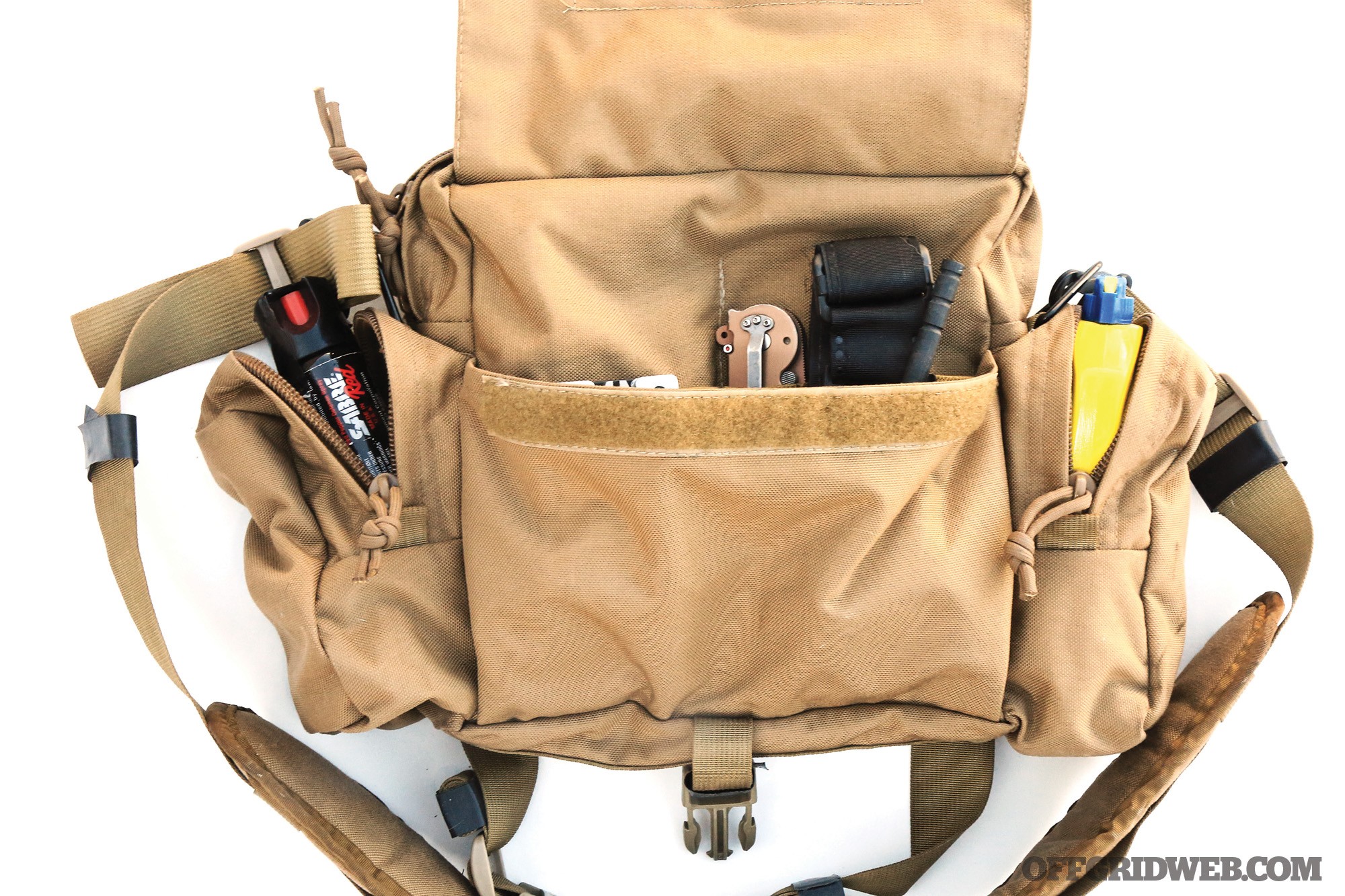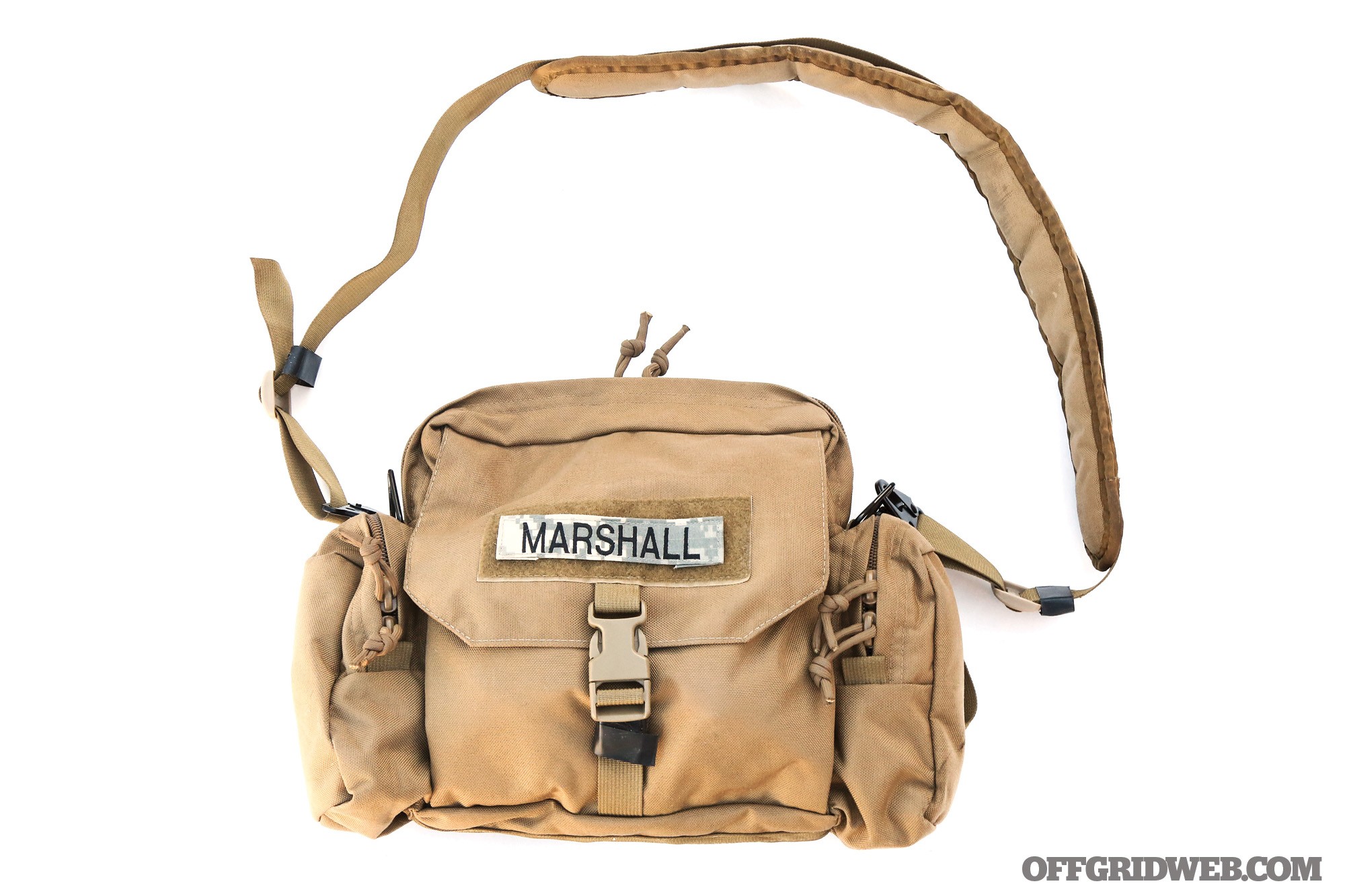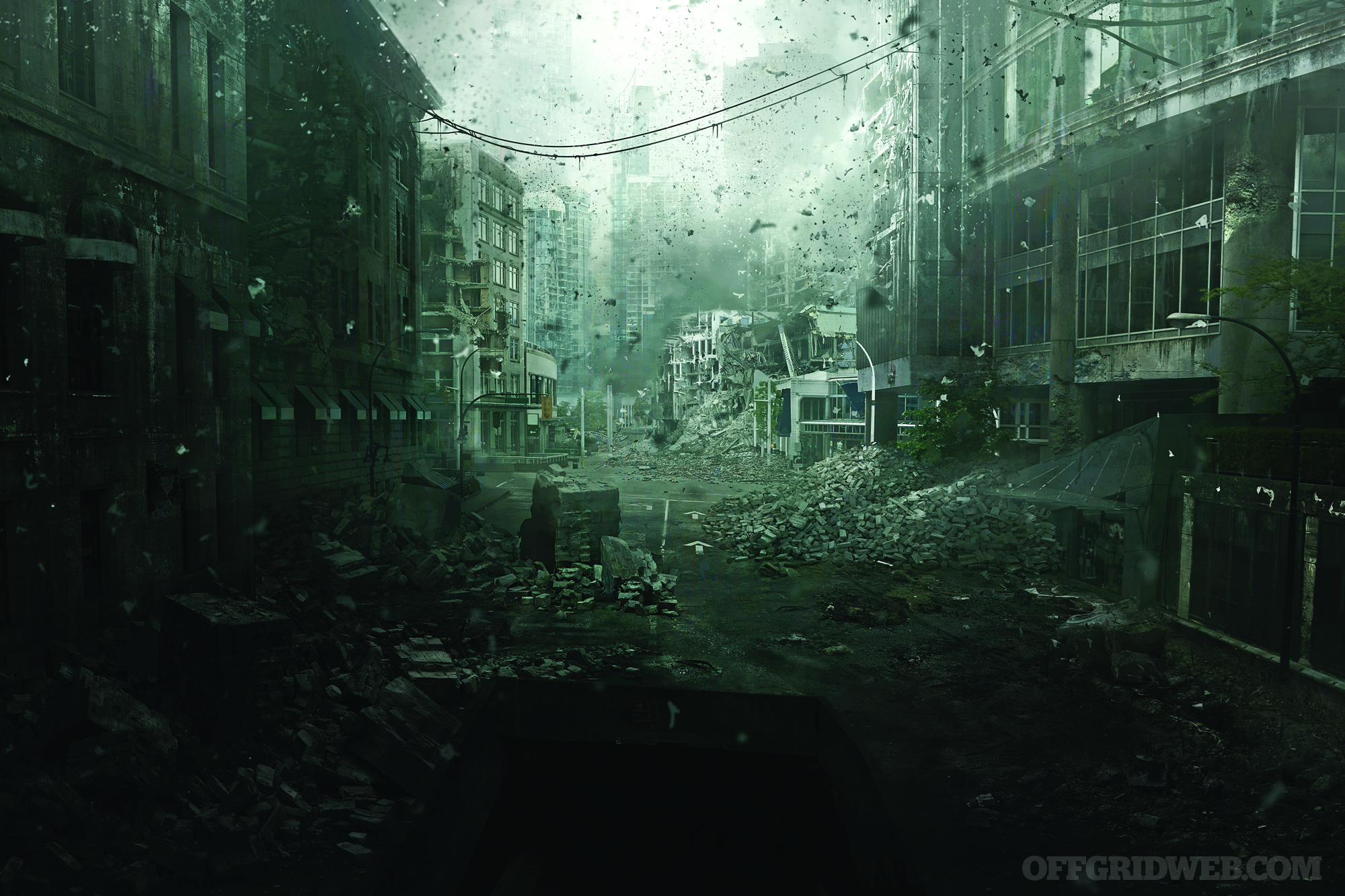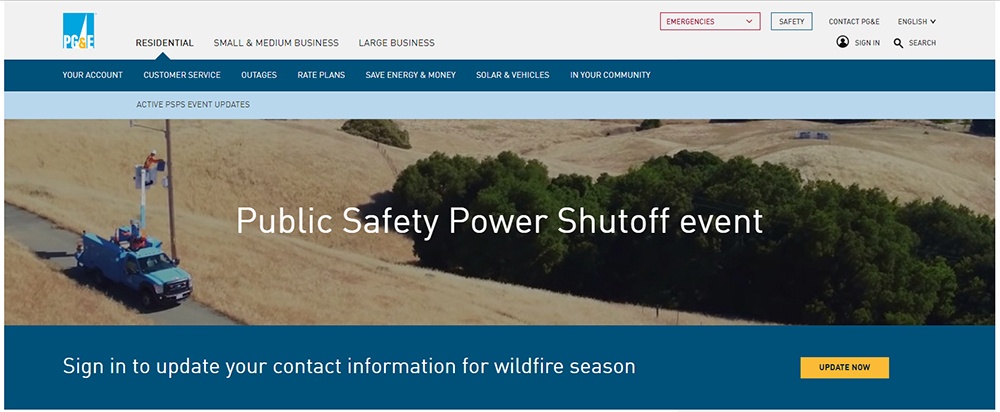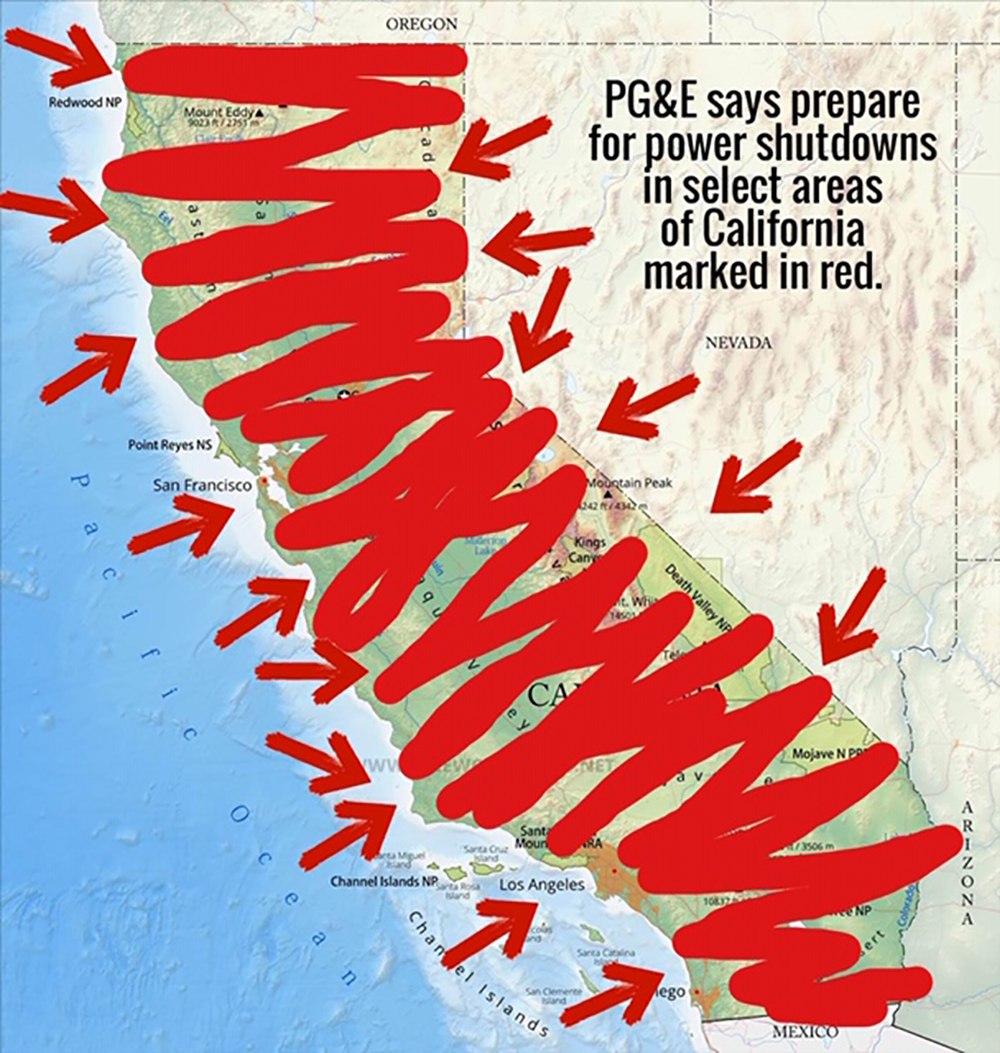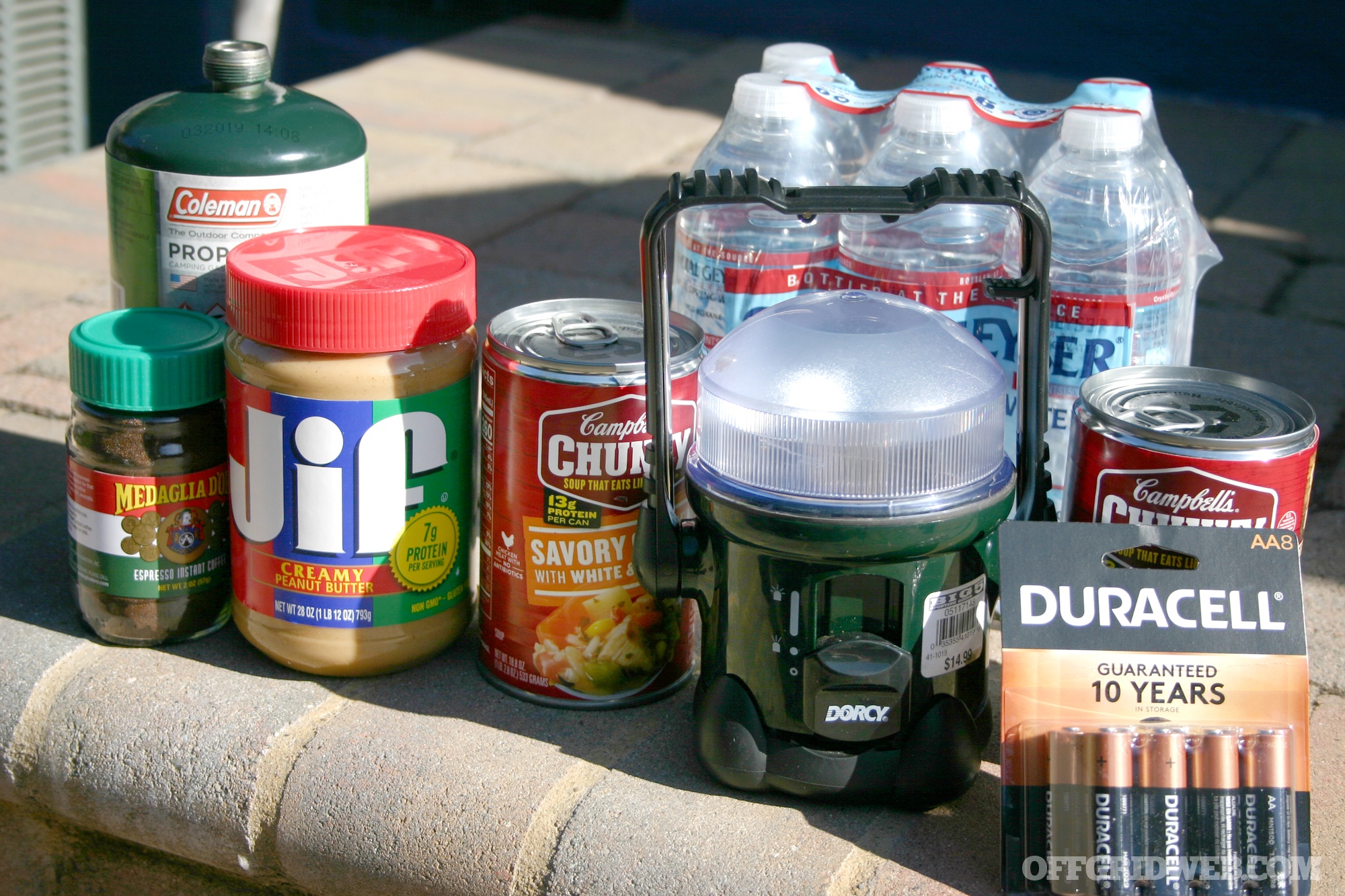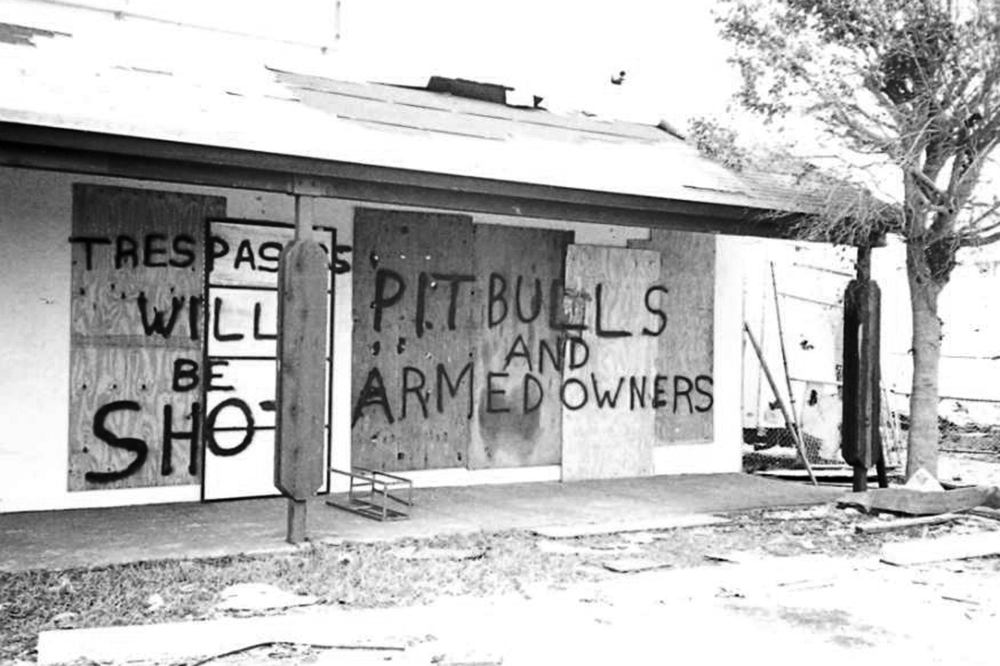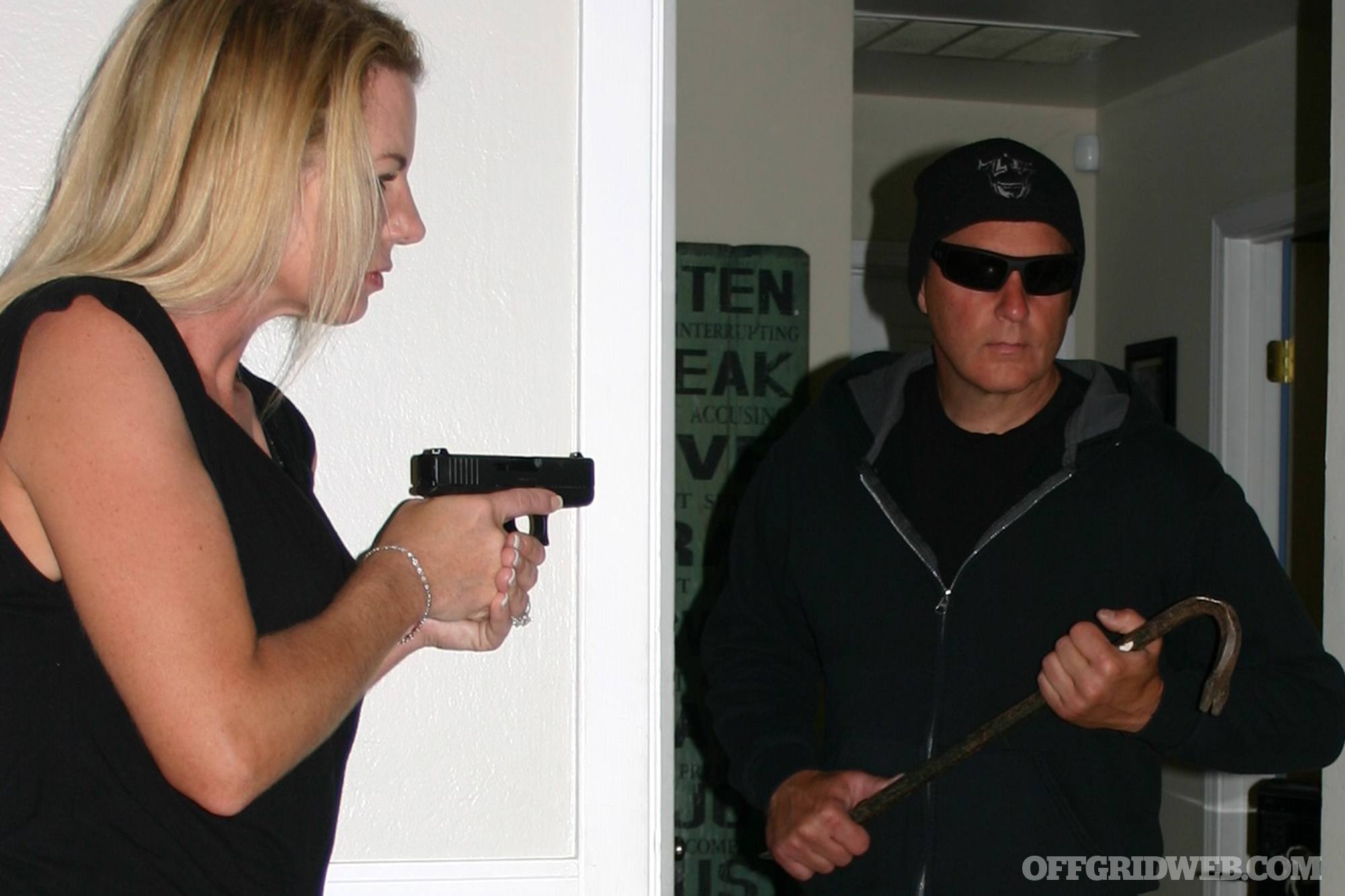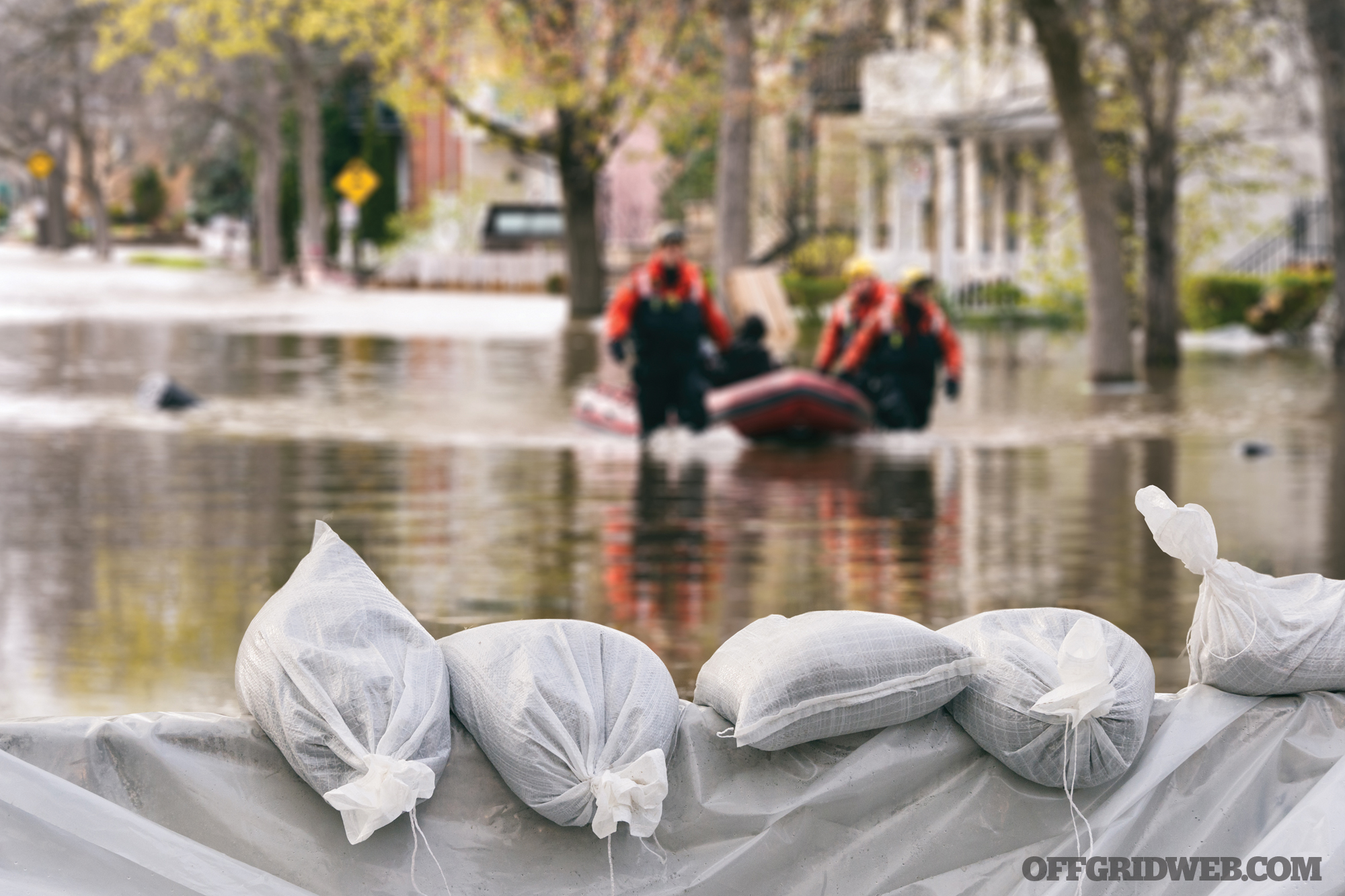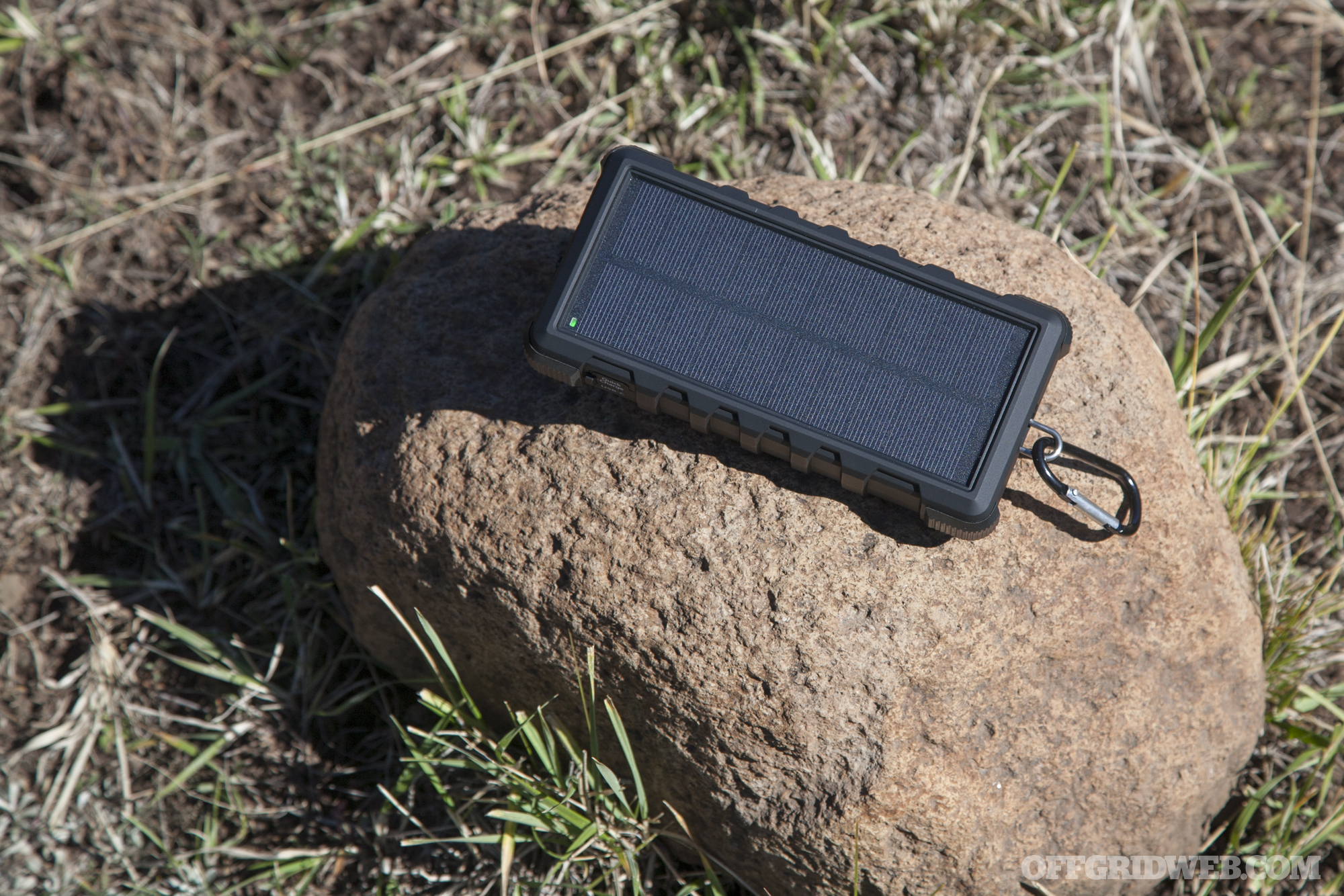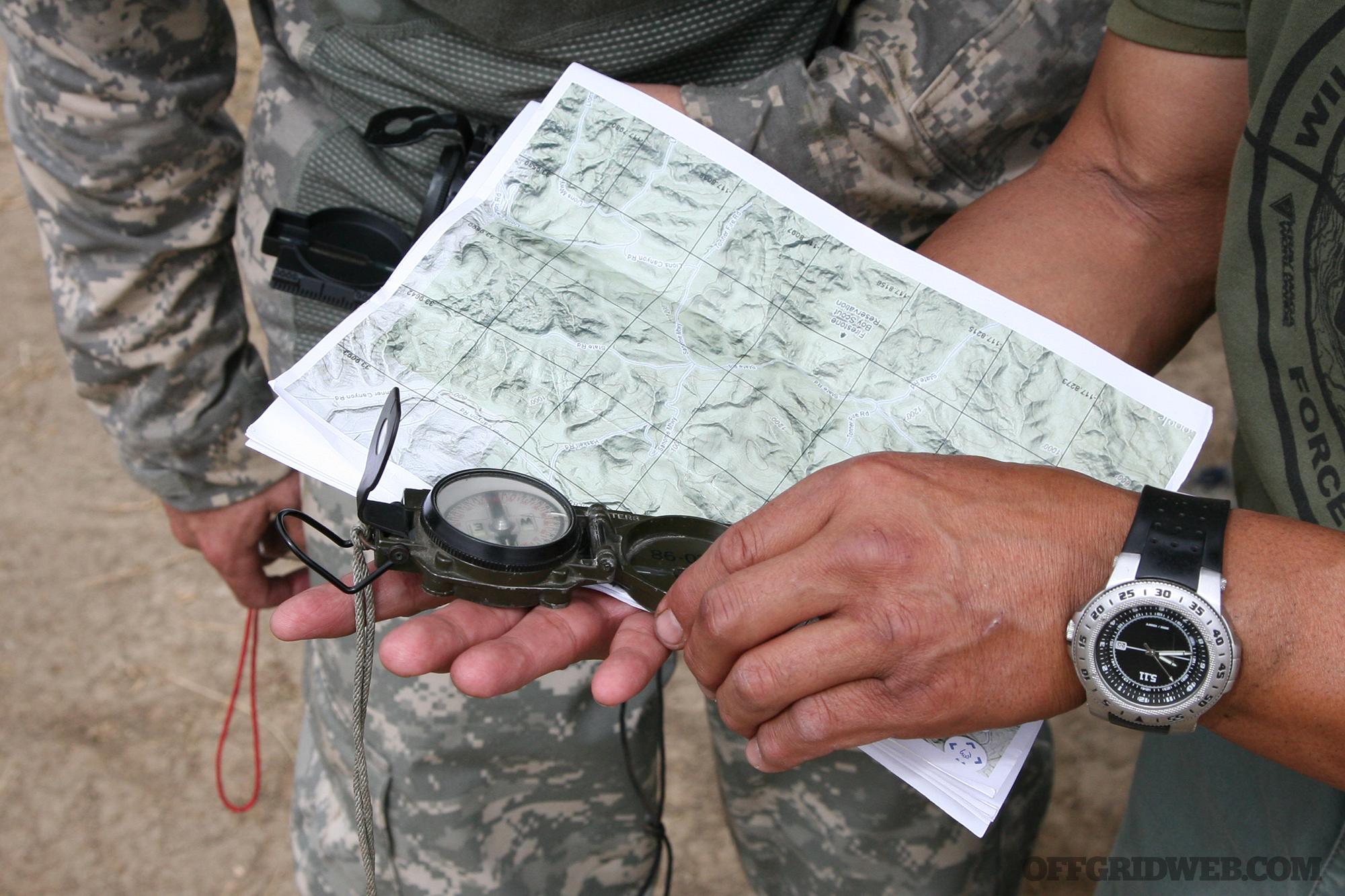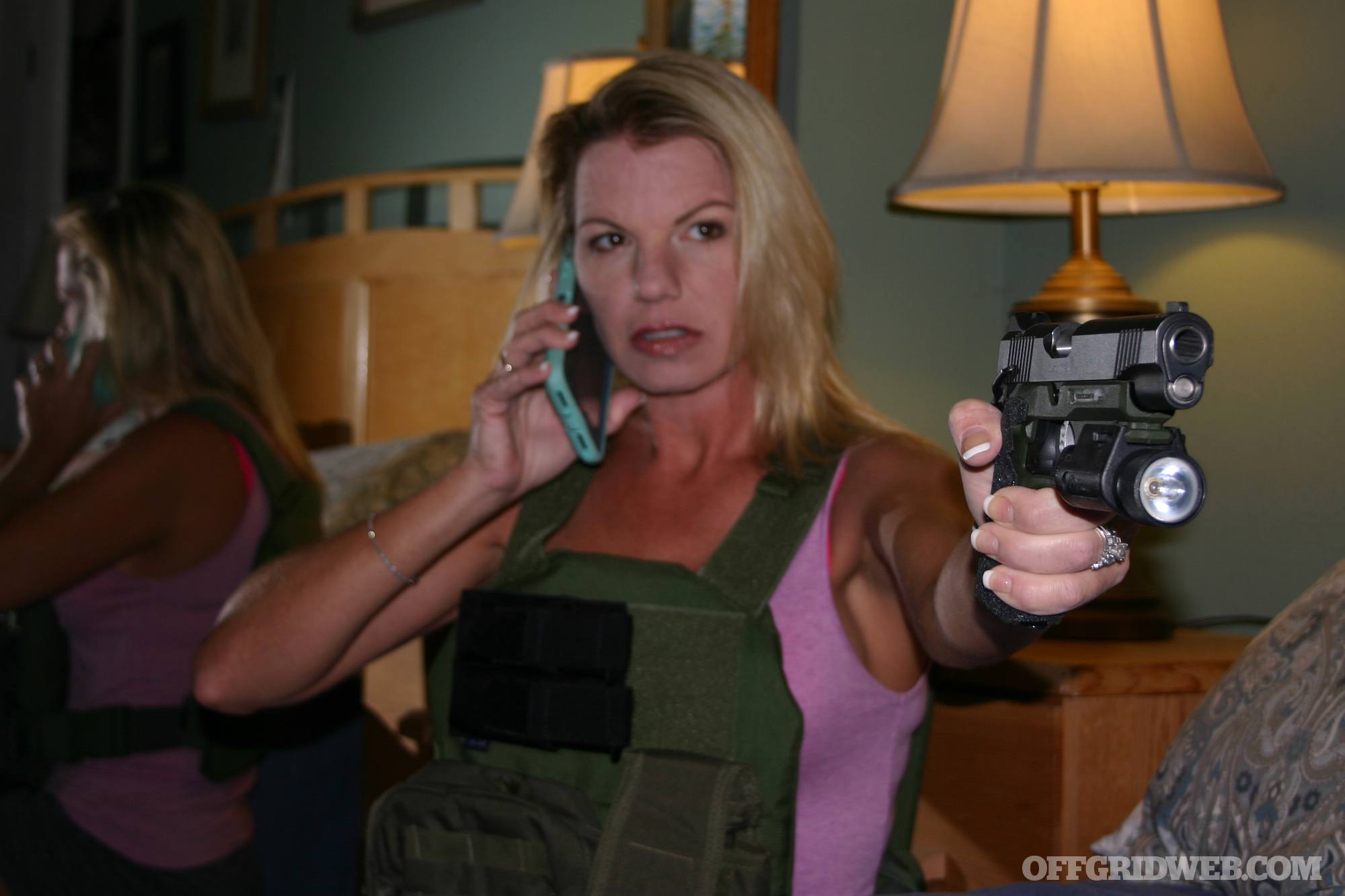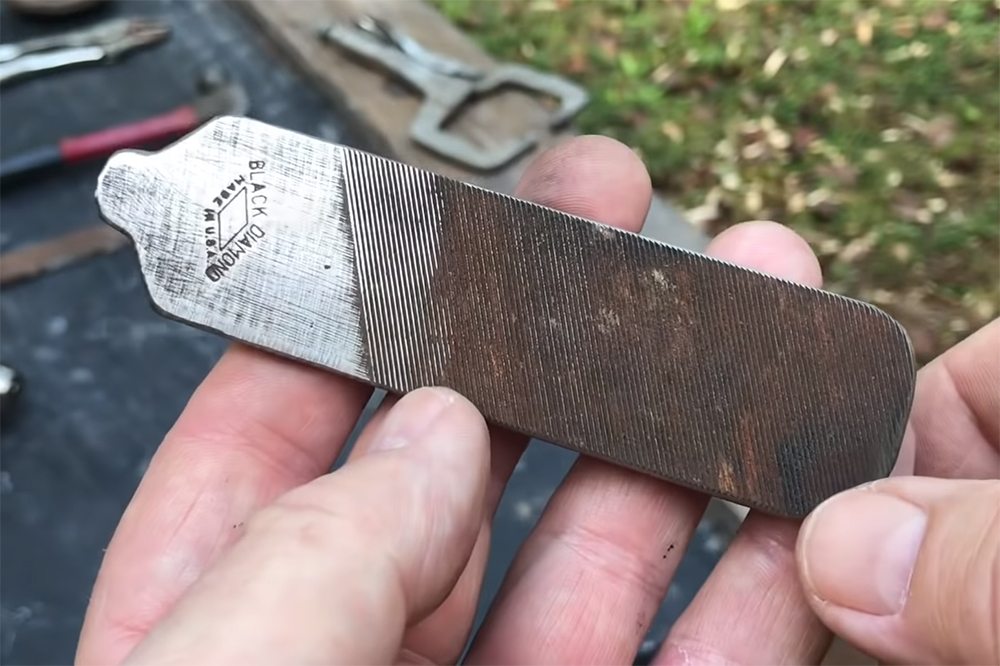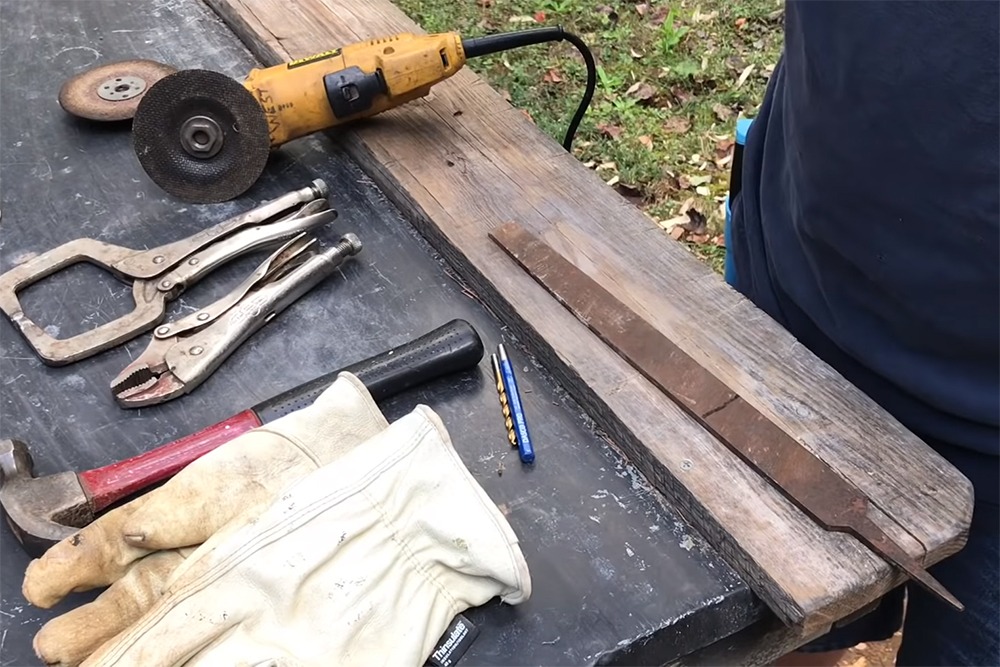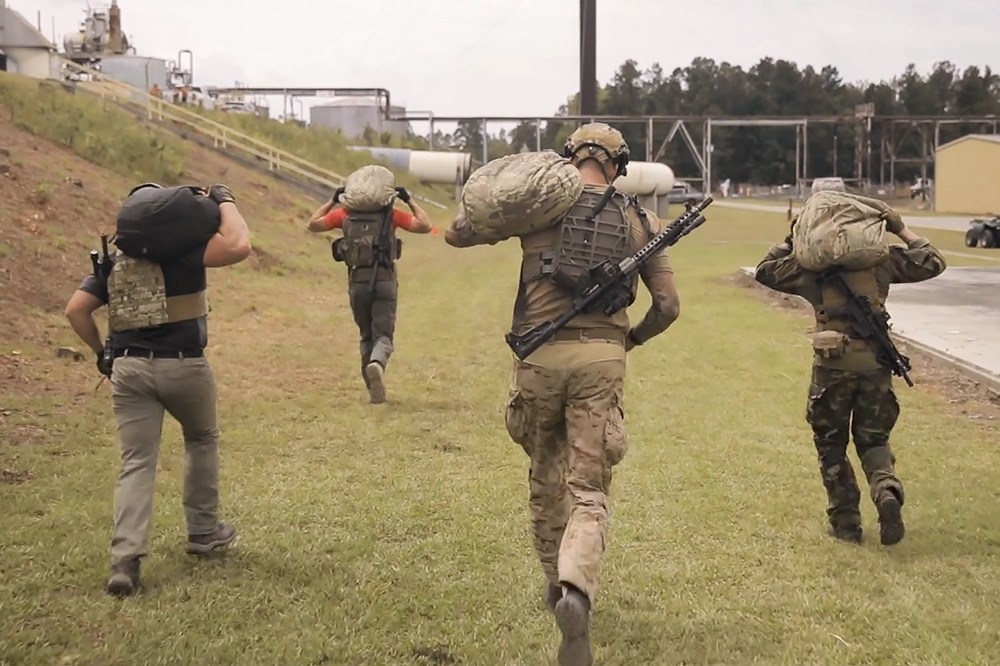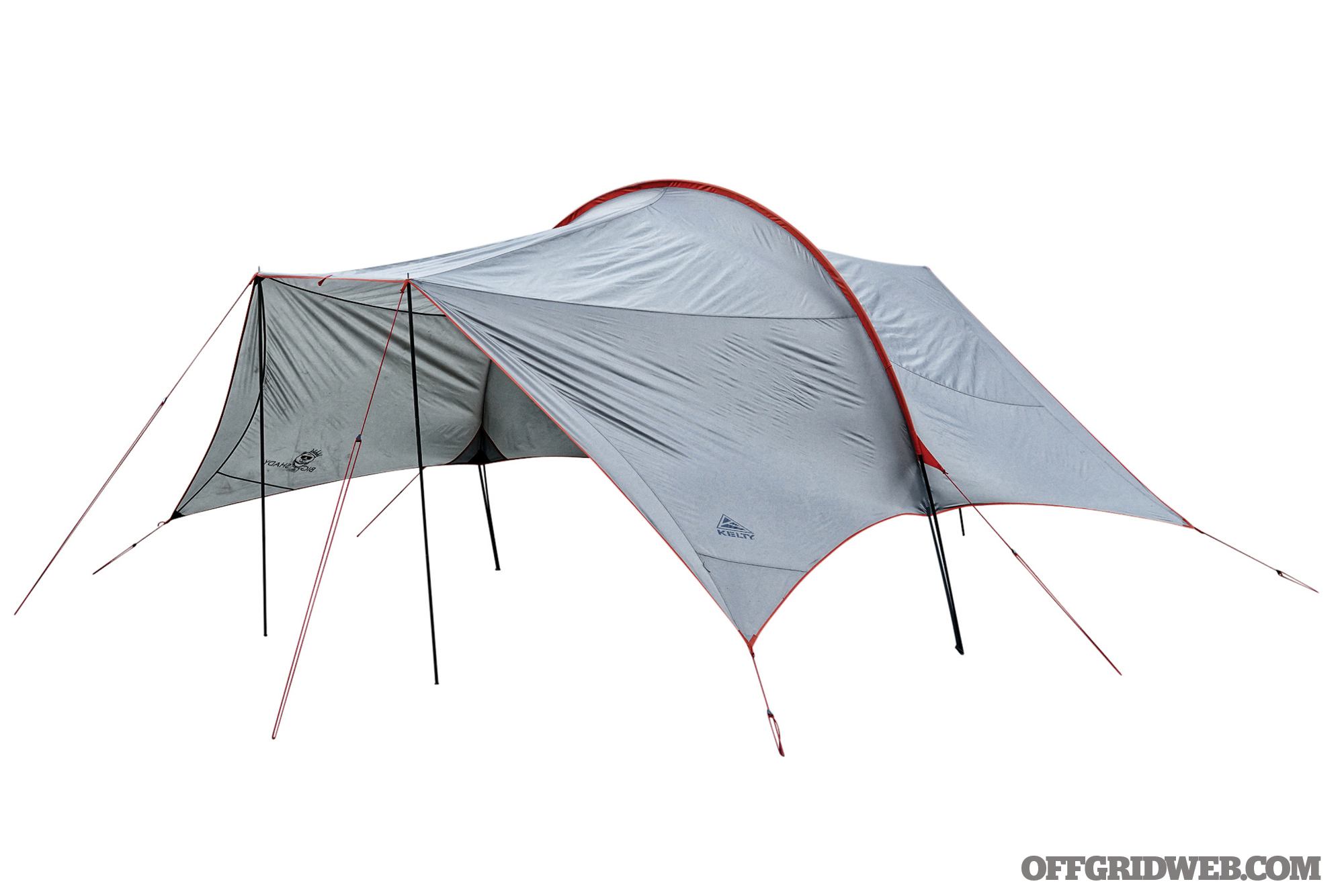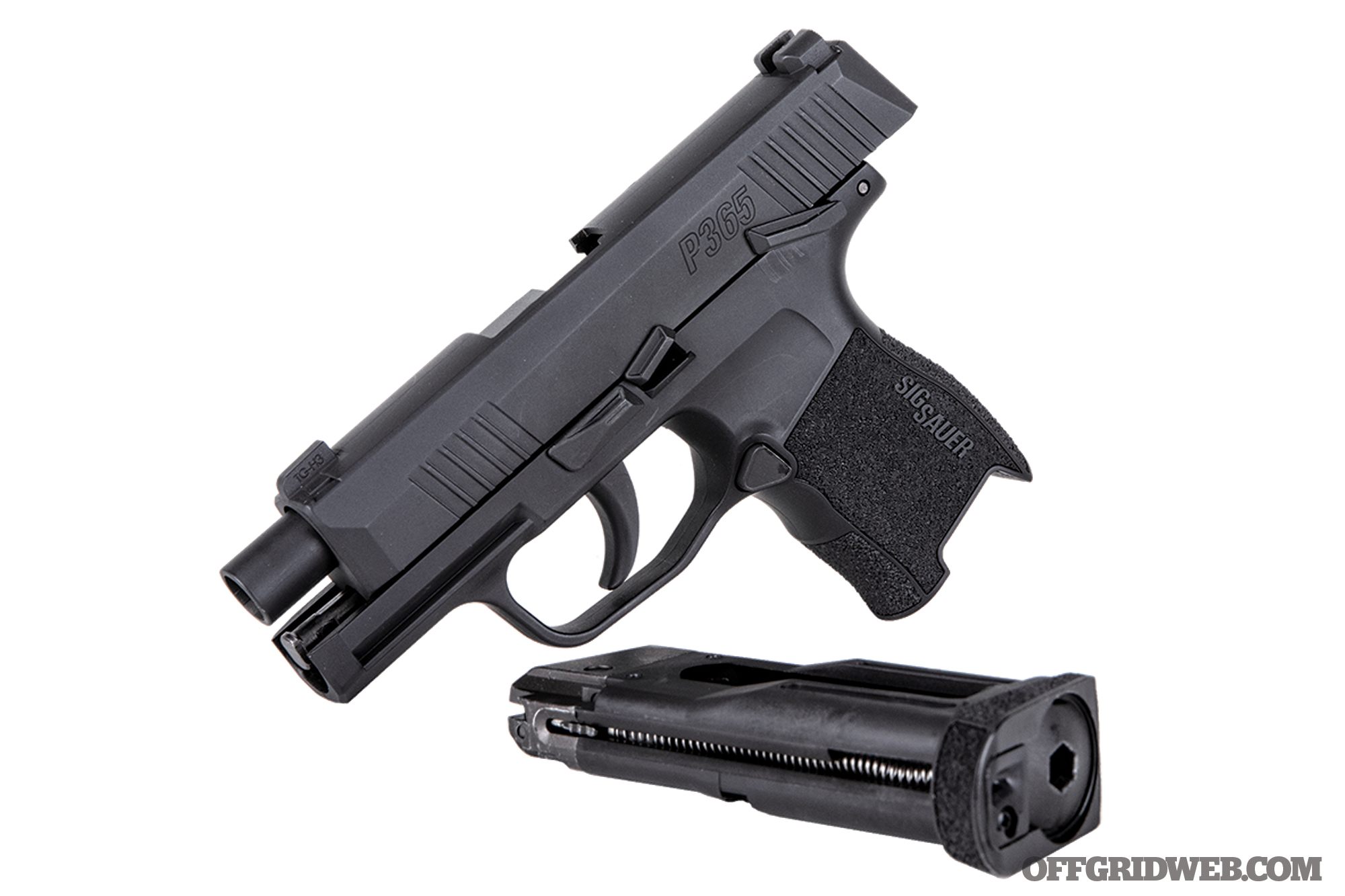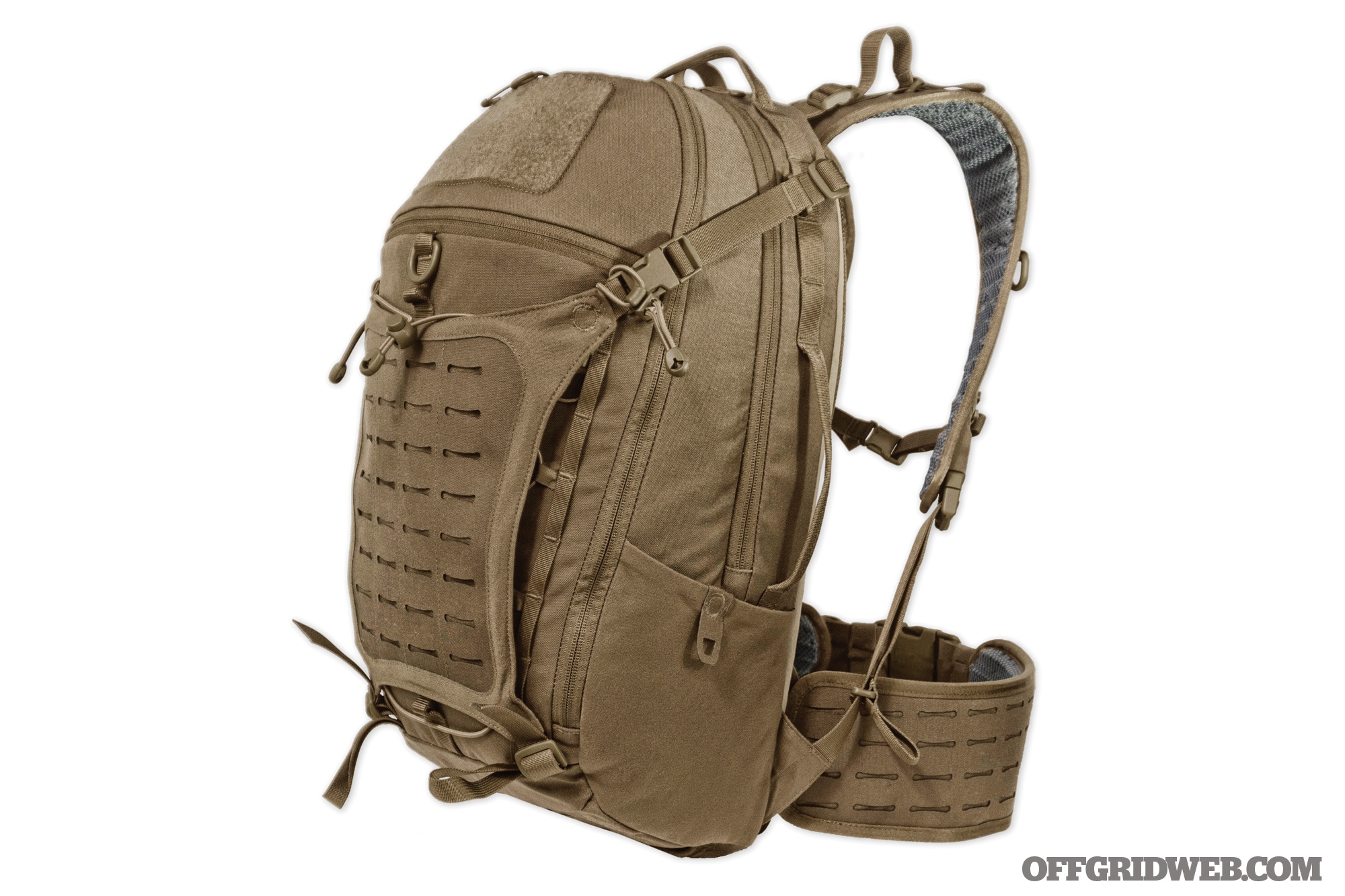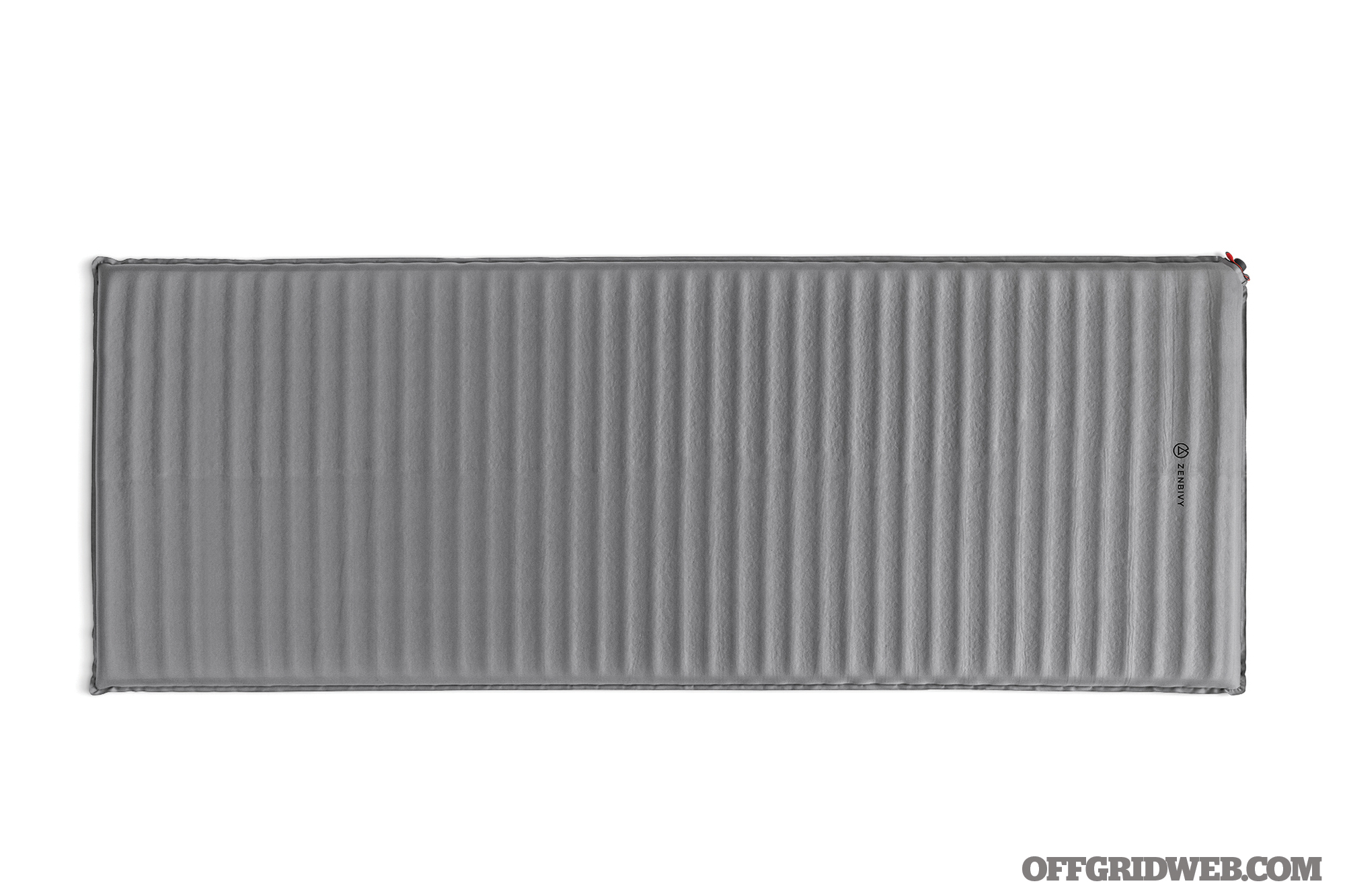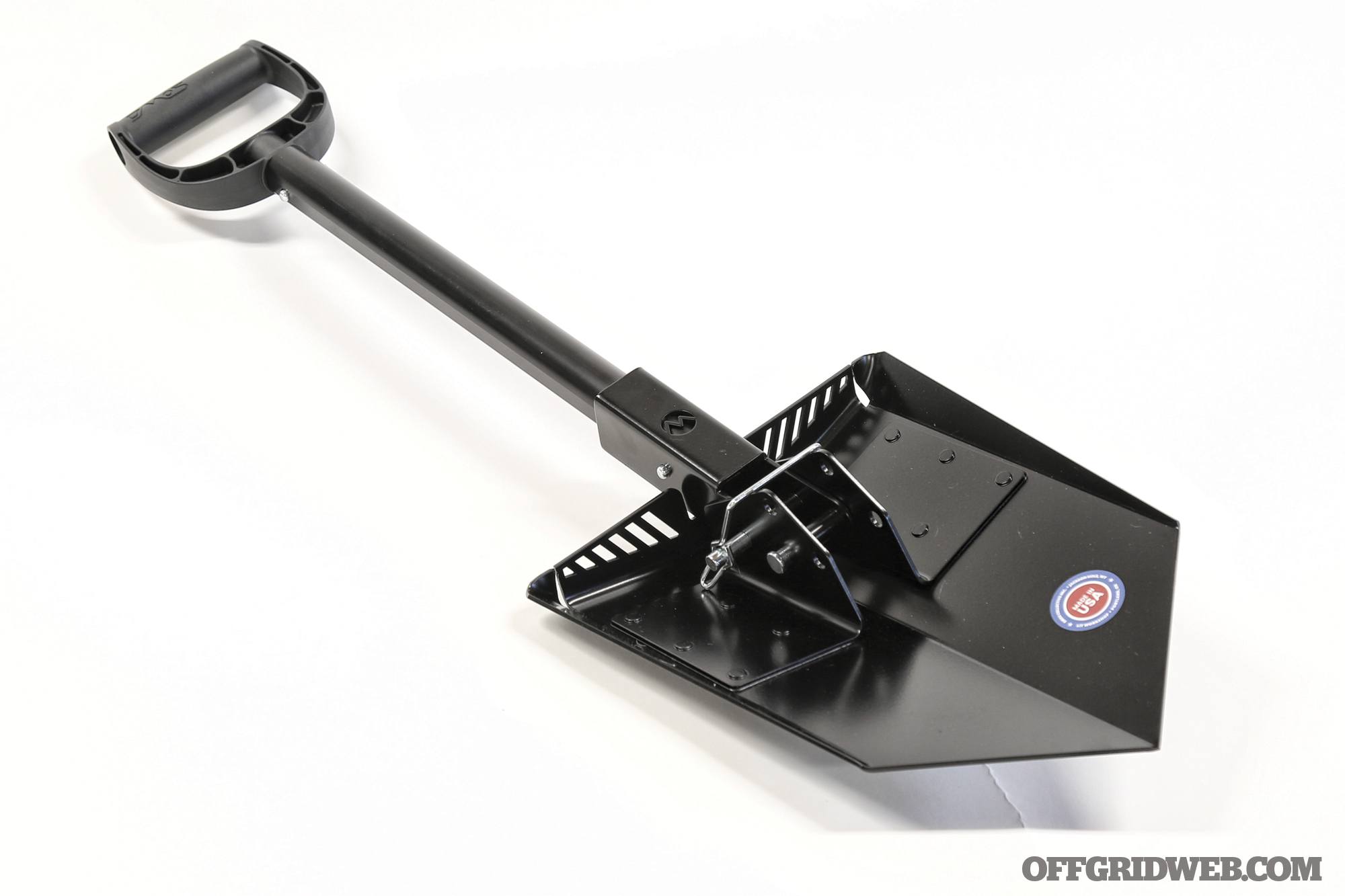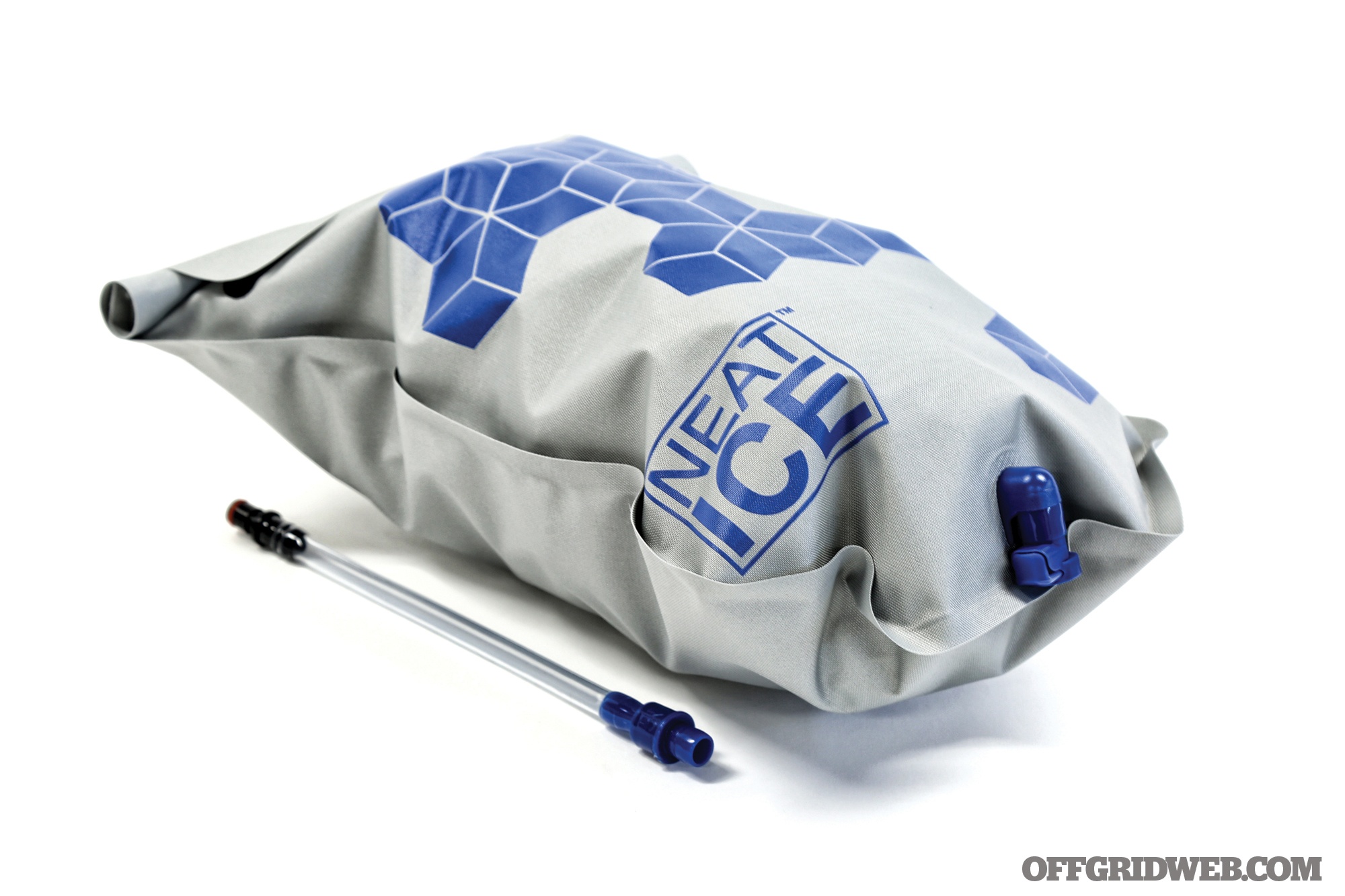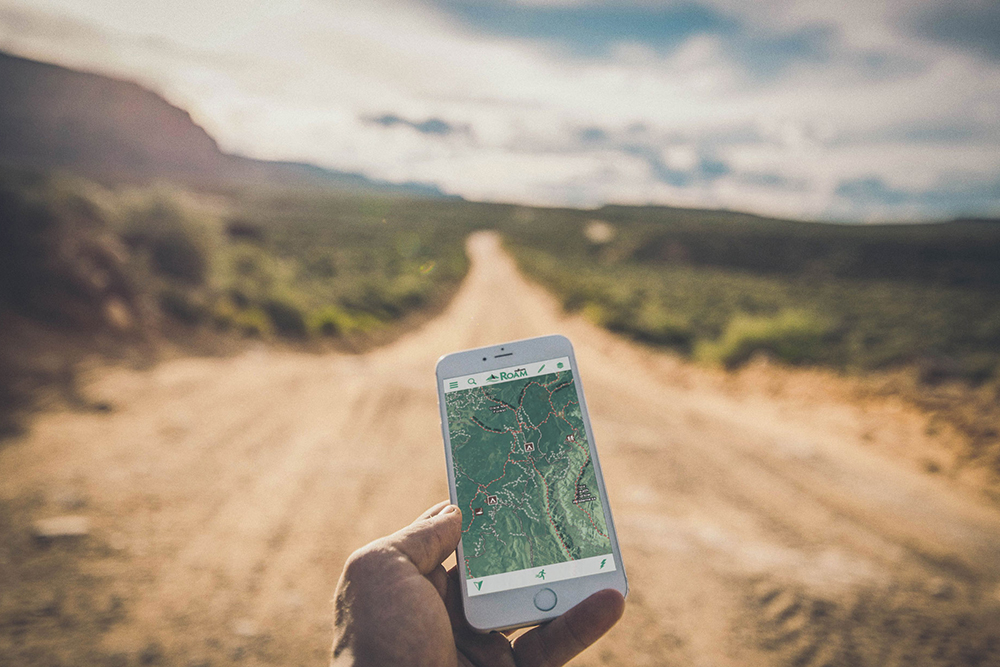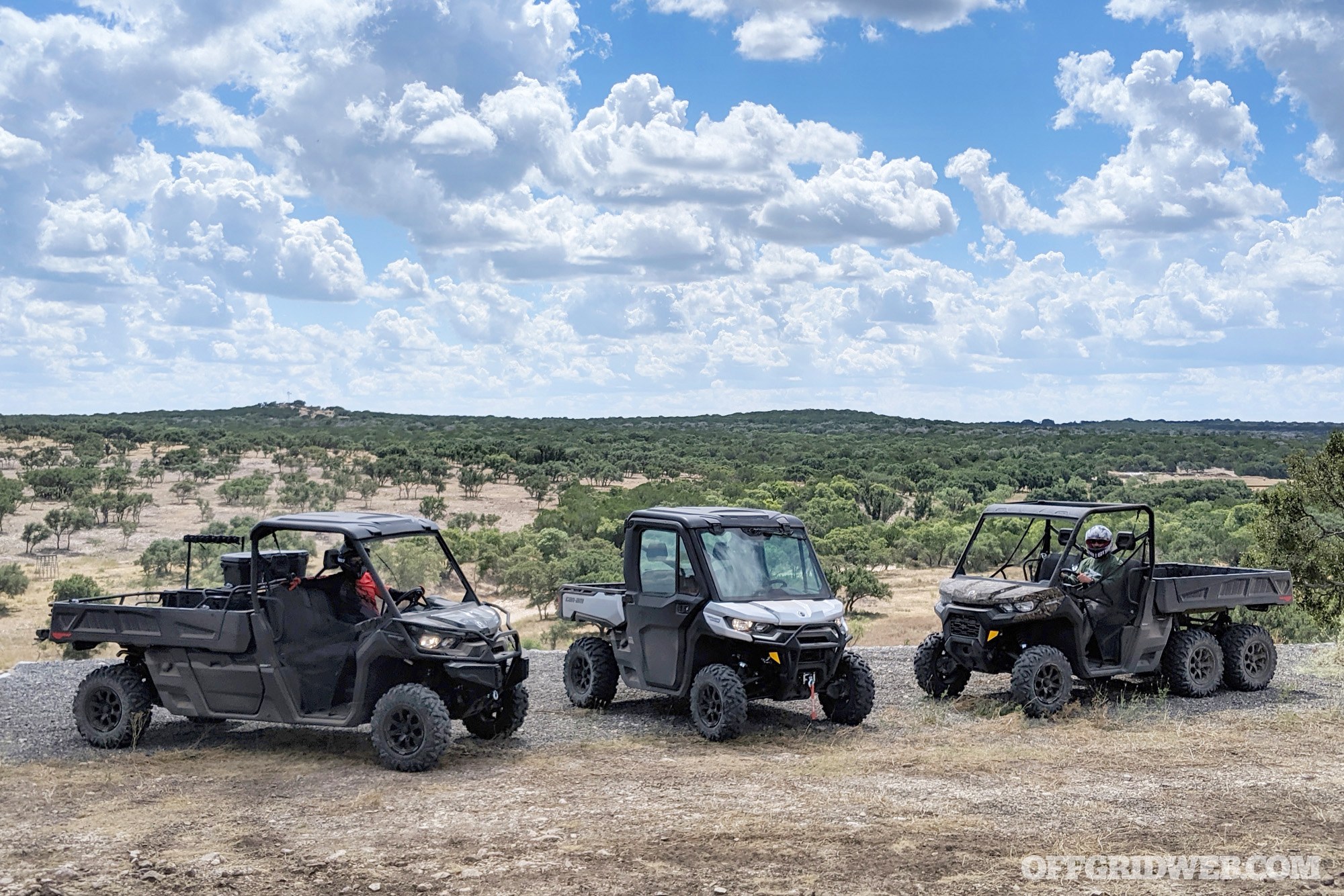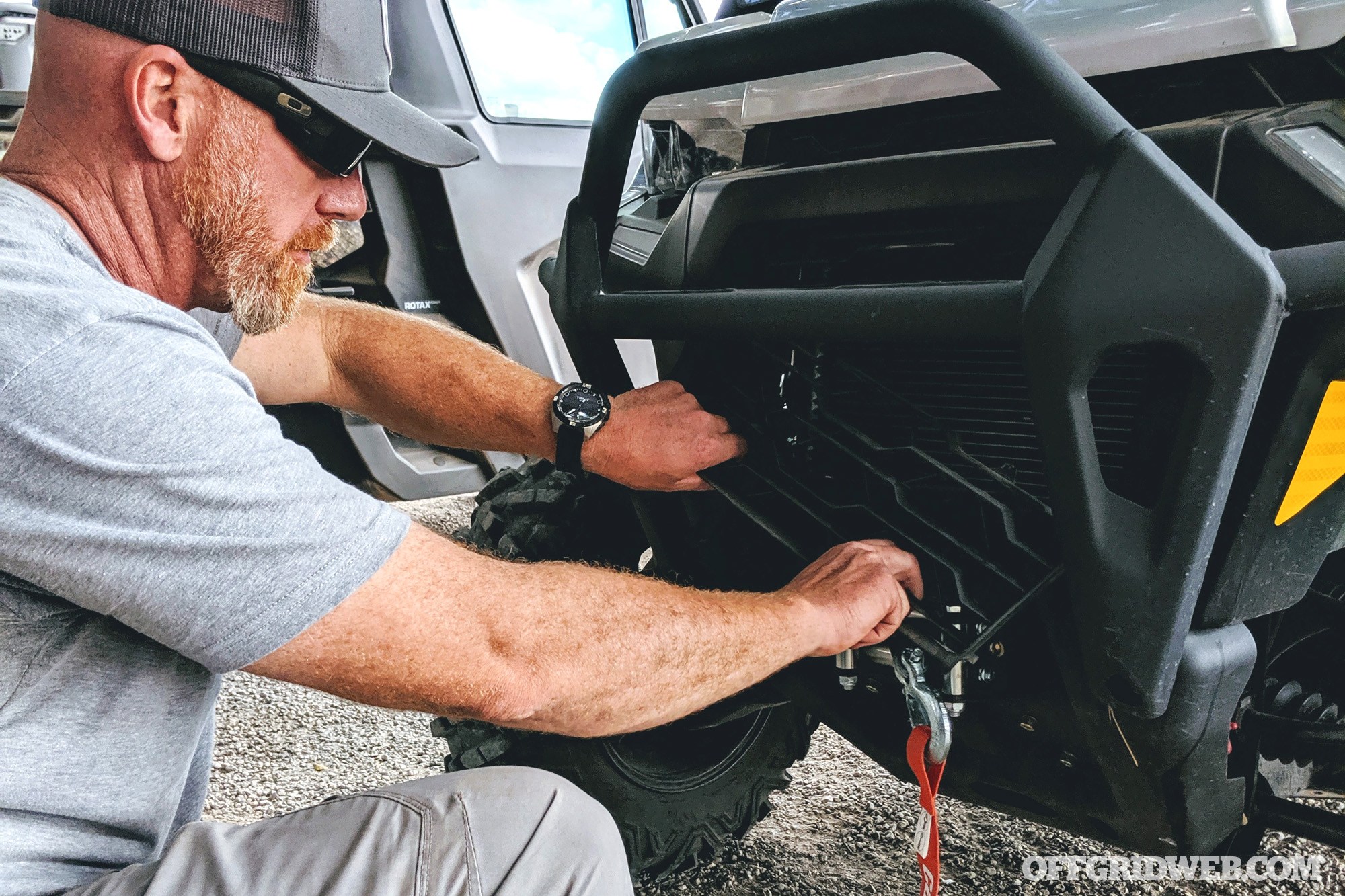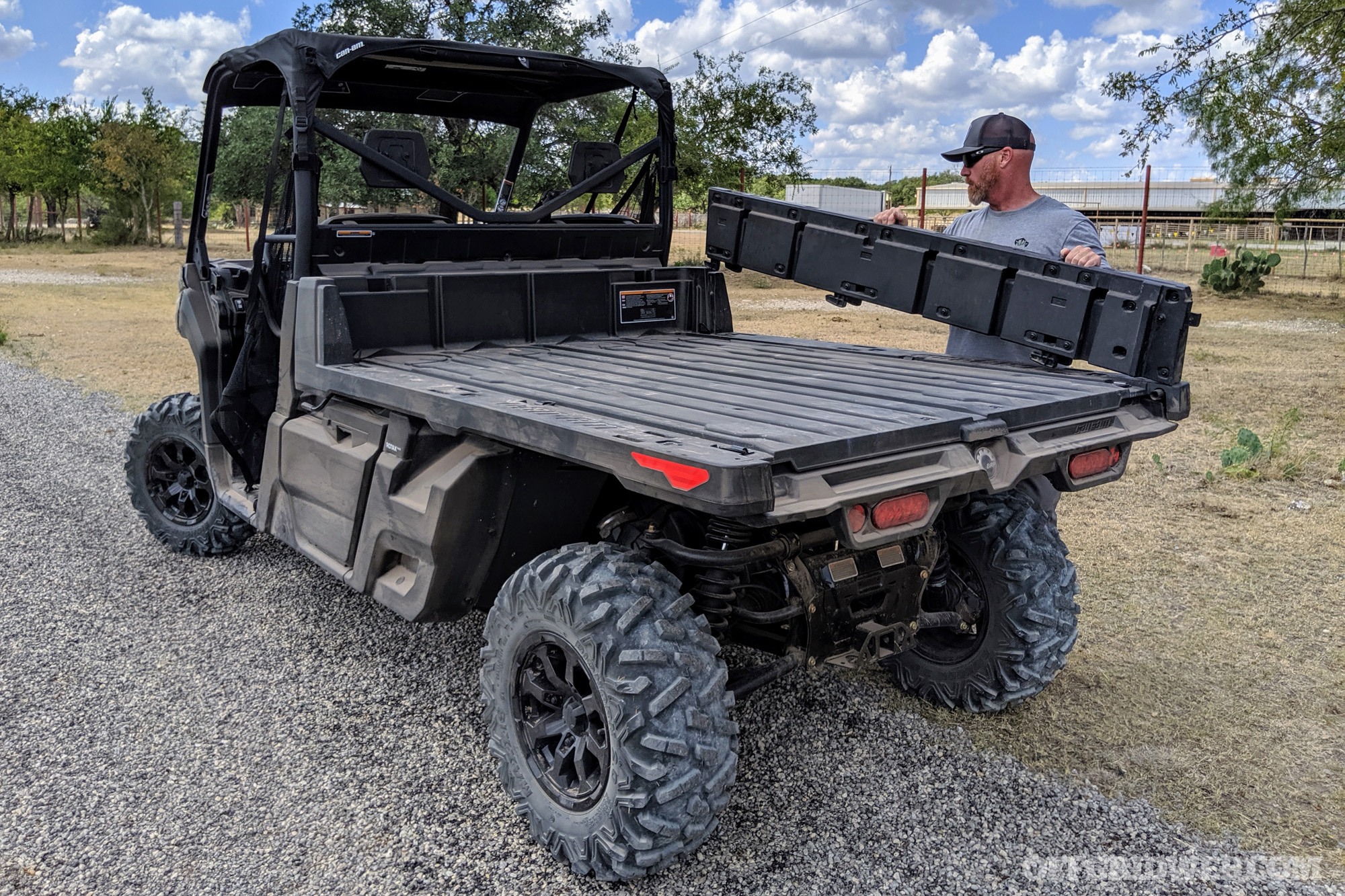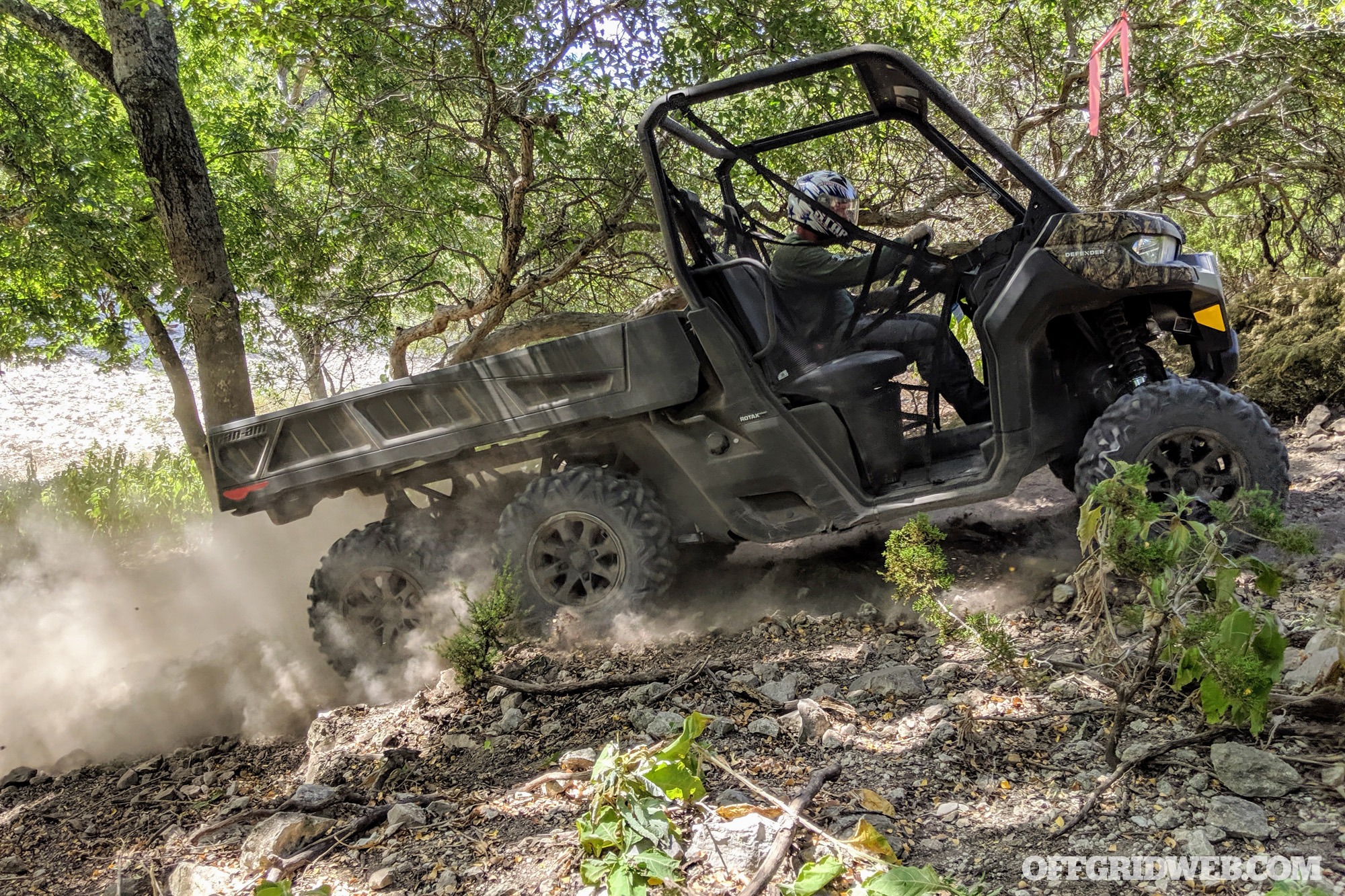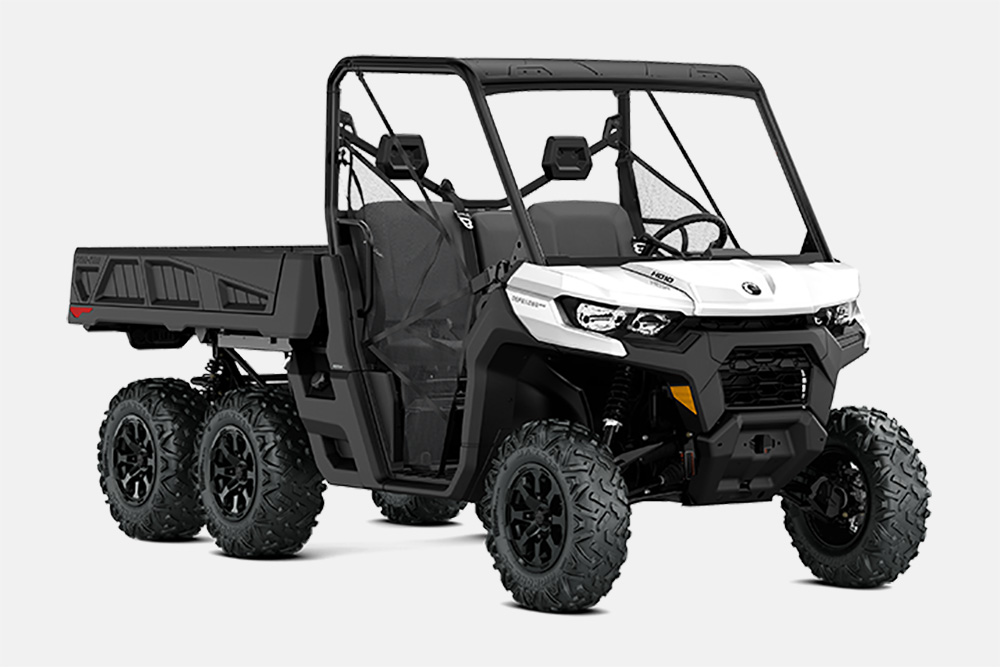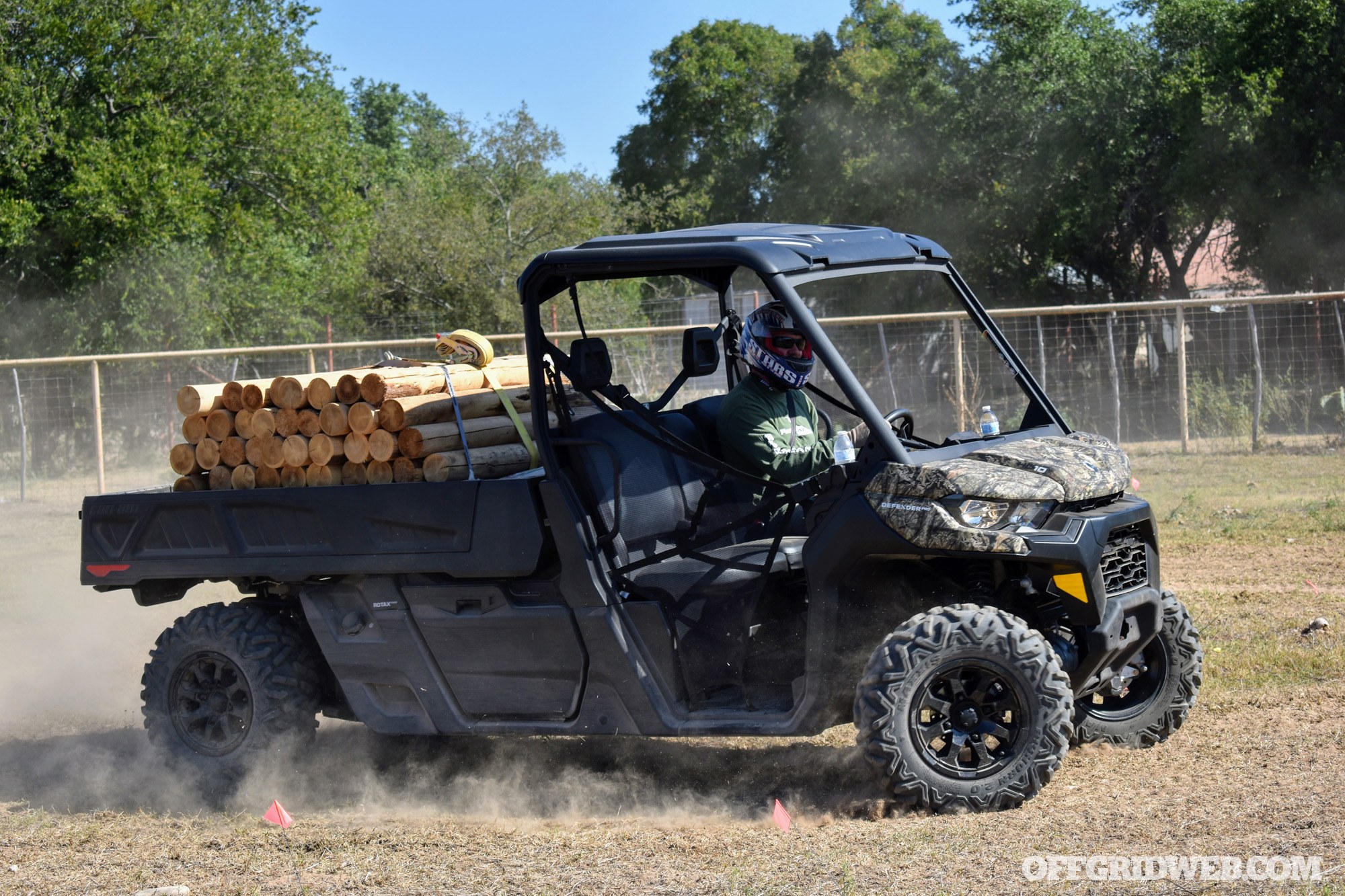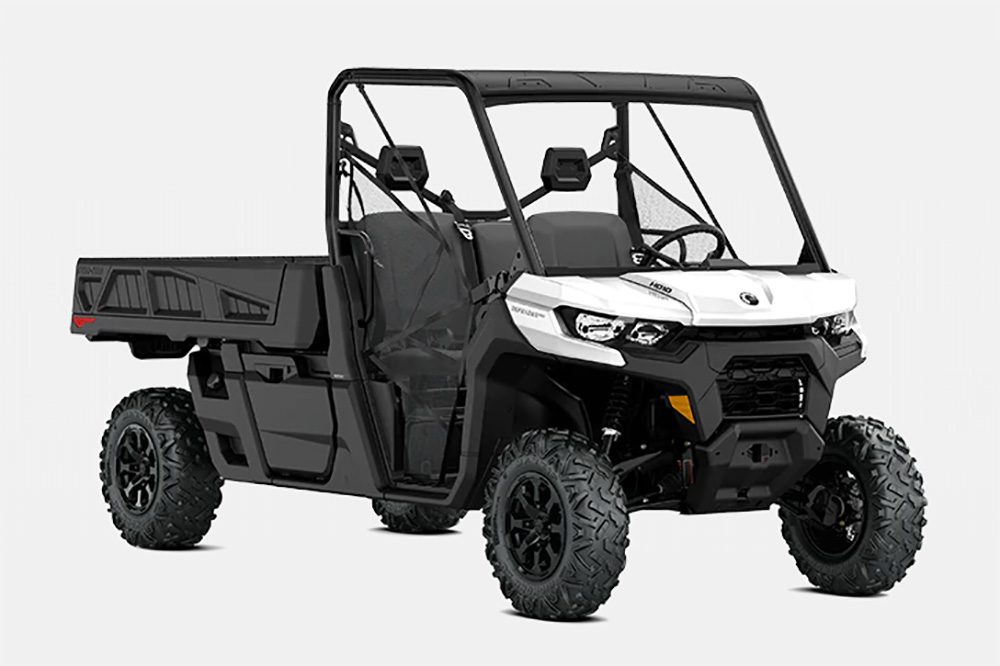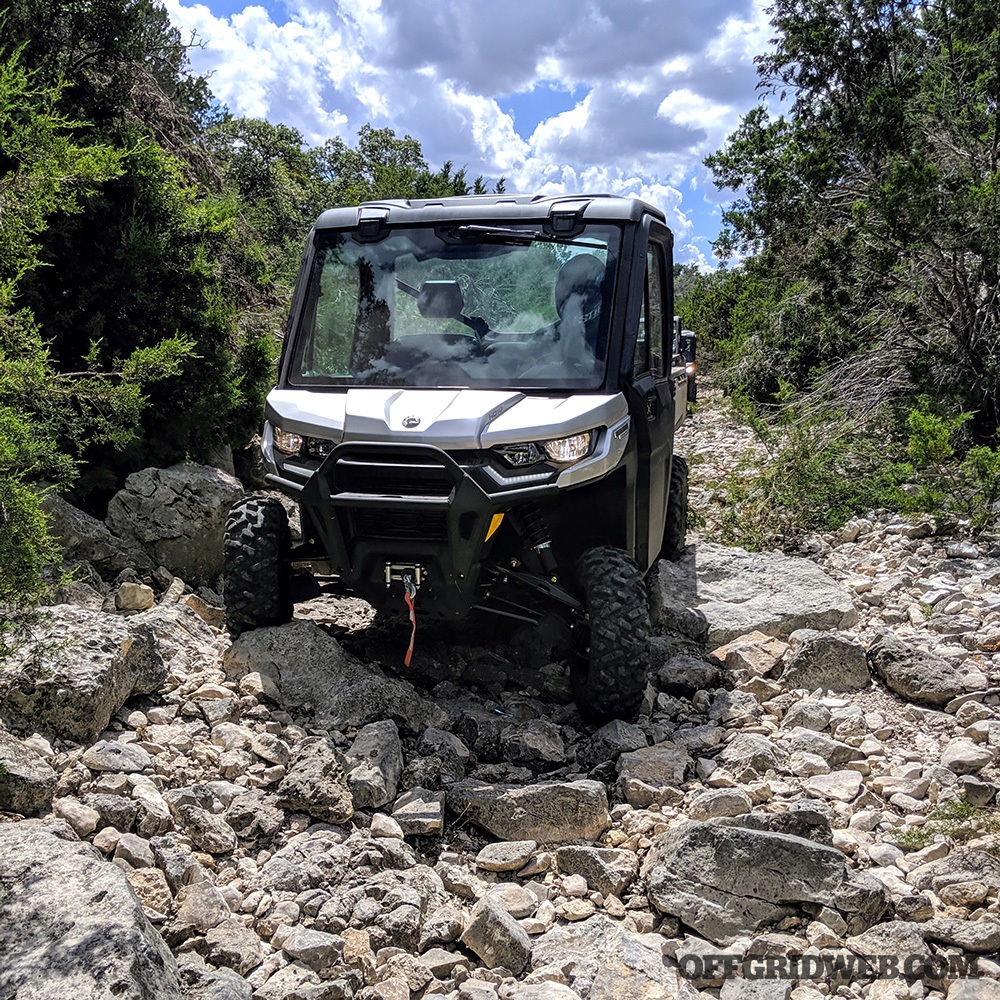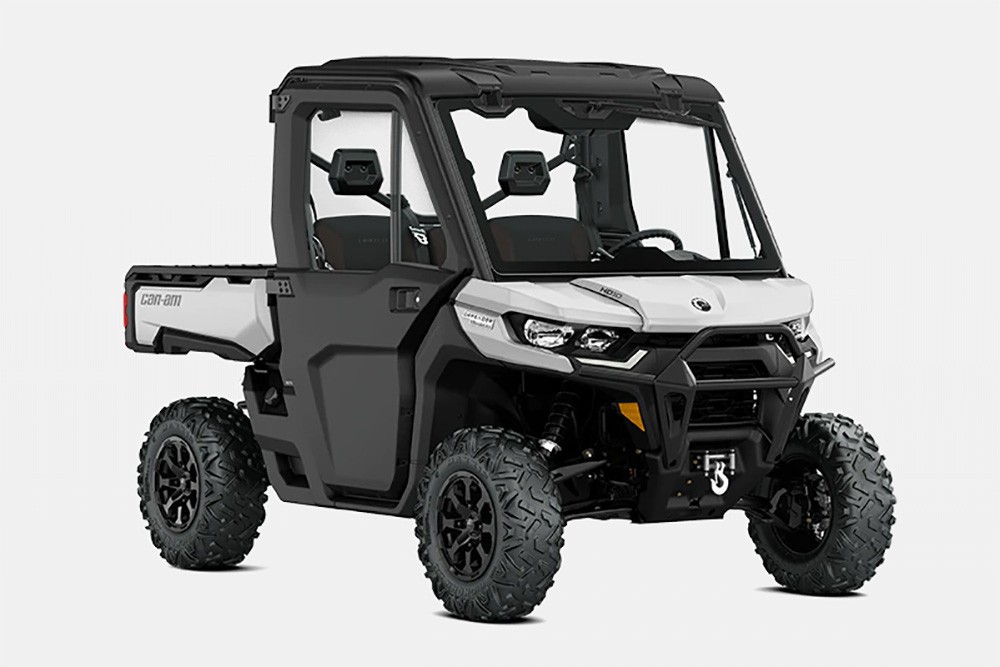In This Article
With a seemingly unending list of useful survival skills and limited time to master them all, why should you invest your most valuable resource (time) into learning an esoteric skill such as tracking? We can answer this question with one word: versatility. Like any good piece of survival gear, your SHTF training should be multifaceted and applicable across a broad spectrum of activities. Although there’s often a preconceived notion that tracking is following a subject until contact is made and you capture or detain the fugitive, the true utility of this skill reaches far beyond the Hollywood manhunt. Tracking encompasses a wide array of uses, some of which require little effort to employ after the initial cultivation of track awareness.
The Value of a Footprint
Let’s talk about a few scenarios in which track awareness could be useful, even when you’re not following anyone (or anything):
Home/Campsite Security
It’s beneficial to know who has been in or around your area while you were away. Can you definitively ID if the tracks belong to your party or an outsider, and ascertain their intentions in approaching your area?
Food Acquisition
If you plan on tracking game and harvesting it, track awareness can help ensure you’re not sitting on a “dry hole” or aid in identifying the species, age of track, and level of activity in your daily area of operations (AO). This skill will also allow you to more effectively place snares for small game.
Bug-Out Planning
When scouting for a safe bug-out rendezvous point (RP) or escape route, it might be of interest to know the level of human activity in the area under normal circumstances, as well as the presence of large predatory species. When it comes time to use an RP, tracking can tell you whether the other party has come and gone, or if they haven’t yet arrived.
Backtracking
One of the first things people think of when they realize they’re lost is to retrace their path back. This is much harder than most people realize, however, utilizing
tracking makes it possible. Tracking takes the guesswork out, so you no longer rely on looking for that “familiar” landmark.
In a survival situation, the worst enemy is panic. The best antidote to panic is good information, along with the proper mental attitude. Tracking is one very reliable and low-tech means to acquire such information. A further benefit to adding tracking skills to your toolset is that it allows you to gather information on what has occurred in the past as well as the present.
In simple terms, track awareness is opening your eyes to the staggering number of tracks that we pass by on a daily basis. Essentially, it’s an extension of tactical situational awareness, expanding it to include information that, until now, you may have been overlooking. However, this is easier said than done, because it takes more than simple observation. The other half of track awareness is developing the skills necessary to interpret the detailed information in tracks you see. With that goal in mind, we’ll discuss the anatomy of a single footprint and some of the information it can tell us.
A single track isn’t seen as an individual unit — in the tracking realm it’s broken down into various components. The major areas of the track are terms familiar to nearly everyone: heel, toe, ball, and instep.
It should make sense that areas of the track would correspond with the part of the foot which made them. The rest of the terms used by trackers when referencing a footprint can be thought of as topography. Imagine you’re the size of an ant viewing the track from the inside, or that you’re standing at the bottom of the Grand Canyon. There’s a floor to the canyon, walls, and there may be a ridge above it. The floor is the flat area at the lowest level of the track — this is the area the foot actually rested on and compressed the soil into a uniform surface.
Above: The floor, wall and ridge of an individual track each provide the tracker with unique feedback on both the quarry's movement and the age of the track.
The track wall is in the vertical, or near vertical, area at the edge of the uncompressed medium surrounding the track floor. As the foot lands on the ground and weight is applied, some of the soil gets squished out from under the foot and piles up in a line around the track, slightly above the surrounding ground level. Think of this like water spraying out from under car tires as you drive through a puddle. This soil is known as the ridge, or the horizon line of the track topography. There’s some very clear basic information that can be contained in a track. First and foremost is direction of travel.
Direction and Speed of Travel
The toe is where we start looking for directional indicators as well as clues regarding speed of movement. If you’ve ever seen an old cowboy movie, there may have been a scene where someone walks backward to throw off pursuit. But how effective is this technique, and what does it look like when compared to someone walking normally? There are a whole host of factors that play into this, but for now we’ll limit our discussion to the elements present in a single footprint.
Above: Shadow, lighting and soil conditions all affect how easily tracks can be spotted and interpreted.
Humans are plantigrade walkers — this means that while walking naturally, the foot strikes the ground heel-first and rolls toward the toe. In contrast, many animals are digi-grade walkers — their toes land first and the foot rolls backward in a tiptoe fashion, in reverse of human mechanics. How does this apply to moving forward or backward? When the foot first makes contact with the ground, regardless which part of the foot, there’s more body weight on a smaller area of the foot. This is the point of the greatest pressure on the soil. As the rest of the foot makes contact, the weight is distributed throughout. This causes the area of initial contact to be the deepest, clearest, most distinct section of the track. When we apply this concept to walking forward versus backward, immediately we should see the difference in clarity of the heel compared to the toe.
Newton’s Third Law of Physics states, “For every action there is an equal and opposite reaction.” This can be seen in a footprint by noting how the soil medium is moved in the opposite direction of the direction of travel. In other words, for someone walking forward, the medium will be pushed from toe to heel, in reaction to the pressure they exert in moving forward. On the other hand, if that individual is walking backward, the soil will be pushed from the heel toward the toe in reverse of what is normally seen.
Above: One of these tracks was made walking forward, the other by walking backwards. Backwards motion is unnatural for the human body and produces abnormal tracks.
Lastly, walking backward is an unnatural movement that the body isn’t efficient at. When walking forward, our hips rotate and lift the leg — and by extension, the foot — off the ground and out of the track. This rarely leaves a dragging mark in the soil at the toe of the print, unless the medium is very deep or the person is tired. When walking backward, however, the hip doesn’t easily rotate in this direction, nor does the knee bend the right way, this combination of factors often leads to the heel of the foot dragging out the back of the print rather than lifting cleanly out of it.
While each area of a track has a primary focus we look at, no part exists in isolation from the rest. Anything that’s seen in one area should be confirmed with evidence from another.
In this example, if we find the horizon line in the toe is disturbed at the 10 o’clock position indicating the person has moved in that direction rather than straight ahead, we should also look for a higher ridge to have been pushed up by the foot’s rotation, on the outside of both the ball and the heel at around the 4 o’clock position of each. In the ball area of the track, we should also see the dirt has been moved from toe to heel along this line.
The depth of the dig, amount of soil moved, and distance it was pushed back give us an idea of the amount of force used as the person stepped off, which can be used to correlate speed of movement. This should be confirmed by looking at the disturbance to the ridge.
Both of the tracks above were made by someone turning left mid-stride. The speed and severity of the turn alters the depth and shape of the track.
Track ID
As previously discussed, the heel is usually the most distinct part of the track and it’s often here that you’re able to find conclusive evidence to positively ID your quarry. Keep in mind, however, that “conclusive evidence” varies depending on the circumstances. Conclusive in a court of law is different than conclusive for an elk hunter. According to Bill Bodziak, former FBI forensic specialist and world-renowned footprint and tire impression expert, the mathematical odds of matching three individual characteristic points in a track to a shoe based on location only is 1 in 683 billion. This doesn’t take into account the shape or type of point which is matched. For most of our purposes, this is a little extreme. However, the concept remains the same. There are three types of information we’re looking for to make this ID:
Size can be the overall size of the track using length and width at various points, or it can be the measurement of a specific area — in this example photo, size can be determined by overall width, 5 1⁄8 inches, or by the width of the lug under the tape measure, 1 3⁄16 inches.
Pattern is matching the print to a specific type of footwear. Many shoes have a unique tread pattern, which can be used to narrow the possibilities of a match. The shoe in this picture is a higher-end hiking boot, much less common than what is sold in a big box store.
Individual characteristics are the random collection of tears, nicks, and cuts that footwear collects throughout its lifespan.
Age of Track
Determining the correct age of a track, in my opinion, is one of the most difficult skills to learn. There are a seemingly unlimited number of variables to consider we have to account for — local weather, soil type and moisture, flora and fauna characteristics, and much more. There are two types of aging that apply to a track: absolute age and relative age. Absolute age is the simplest and is tied to a verifiable event. If I have time-stamped footage of a cougar on a trail cam, I’m able to verify the exact age of the track it left behind. Similarly, if I’m able to determine there’s a set of human tracks on top of the cougar tracks, I can safely say the human tracks are no older than the animal tracks. This is their absolute age. In order to further refine the age, we have to rely on relative aging.
Before we dive into the relative aging process, we need to correct a common misconception. Time doesn’t age tracks; rather, exposure to the elements over time ages tracks. Here’s an example to illustrate what I mean. There’s a cave in Italy with easily distinguishable human tracks in the mud, which scientists estimate to be 10,000 years old, because the cave system was a sealed environment, there was no exposure and therefore no erosion of detail that we call aging. However, under most normal circumstances, a track will degrade much more quickly.
Relative aging considers the amount of exposure and the level of intensity of the elements acting on a track. The best tool a tracker has to determine relative age is a comparison track. Place one near the track you’re aging and note how the older track has changed. One of the first things to change is the moisture content of the soil. As you walk, the upper crust of the soil is disturbed; the soil underneath often is moister and has a different color. As this moisture evaporates, the color of the soil will begin to blend with the surrounding undisturbed earth.
Another major clue to look at in determining the relative age of a track is the fine lines left by lugs or the outer edges of a hoof. When a track is fresh, they’ll be very sharp and crisp looking. As the wind and elements attack, the print these lines will slowly be eroded with a softer, more rounded look. Think of this like a mountain range — more recently formed mountains are jagged and distinct, while older mountains tend to have rounded profiles.
Other aging indicators to look for are debris blown into a track, the extent that vegetation has repaired itself, or grass slowly straightening after being pushed down by a passing foot. Aging is where the art of tracking really shines through, and the only way to develop the “eye” needed to correctly age a track is practice. In order to accomplish this, you should experiment with how your own tracks age in as many environments and seasons as you’re able. This allows you to compare the known absolute age of your tracks to your observations of the relative age, thereby refining your estimation.
Conclusion
If we can match size, pattern, and age of a track, as well as any individual characteristics, we can be reasonably confident in our ID. While the age of a track isn’t necessary to make a positive ID, it’s absolutely necessary to understanding the context in which the track exists. For example, if we find a track in our campsite that doesn’t belong to anyone in our group, the ability to determine the age of the track means knowing the difference between the track of the previous person who camped here or someone snooping through our area while we were gone. Judging the age correctly will tell you two very different tales.
The indicators we’ve discussed can be blatantly obvious or subtle in the extreme. As I like to tell my students, “The ground doesn’t lie.” The trick is in correctly interpreting what it’s telling you. Having said this, these telltale bits of information are extremely difficult — if not impossible — to fake. If you invest the time to learn how to properly read them, you’ll be difficult to trick. While we’ve only covered track ID and direction of travel in this article, there’s a great deal more information that can be gleaned from a track. When we widen our scope to include multiple tracks, the amount of information to be gained increases dramatically.
One final thought to remember: When we talk about tracks, most often what comes to mind is footprints. However, there are vast quantities of information present in impressions made by other parts of the body such as knees, hands, and butts. Equipment that a person could be carrying, ranging from food to weapons, may also offer an informative source of tracks. Vehicle tire tread marks are yet another application. By combining all these clues, you’ll become more aware of your environment and more prepared to face any threats or opportunities it may hold.
Want to Learn More?
Tracking is an in-depth, and at times, arcane, subject. If you’re interested in learning more about the subject, there are a handful of great books, digital accounts, and schools to attend in order to learn more. The author recommends two books for those looking to jump in with both feet. One is A Field Guide to Mammal Tracking in North America by James C Halfpenny. This is a comprehensive guide to identifying and interpreting animal tracks of all kinds throughout the American continent. If you’re looking for something a little more … tactical … try The SAS Guide to Tracking, which touches on a variety of tactical tracking subjects including tracking vehicles, defeating counter-tracking and misdirection methods, preserving night vision, and how the environment affects the track. Either of these books will give the reader a broad, fundamental understanding of how to track and why you should.
About the Author
Growing up in rural Michigan, Matt spent his free time in the surrounding woods, hunting and learning about survival and fieldcraft from his grandfather as well as a local primitive skills instructor.
In 2003, he joined the Marine Corps as an infantryman and deployed with 1st Bn 4th Marines, participating in the Battle of Najaf during OIF II. After two years in the line company, he joined the Scout Sniper platoon, earning his HOG’s tooth in 2005. Returning from his second Middle East deployment, he attended his first formal tracking class and was hooked. He immediately began practicing his tracking skills and attempting to spread the knowledge (probably to the annoyance of those around him). After getting out of the Corps, he found himself in Arizona with fellow Sniper Freddy Osuna, teaching at the U.S. Army Combat Tracking School.
In 2010, Greenside Training was created, and Matt assisted in the development of the curriculum, drills, and philosophy behind this organization. When the opportunity to get back overseas arose, he couldn't resist, and for five years has been deploying as a security contractor, teaching tracking informally to keep his skills sharp. Additionally, all the travel has allowed him to continue his own tracking education in a variety of environments, including tracking with a bushman tribe in Africa.

